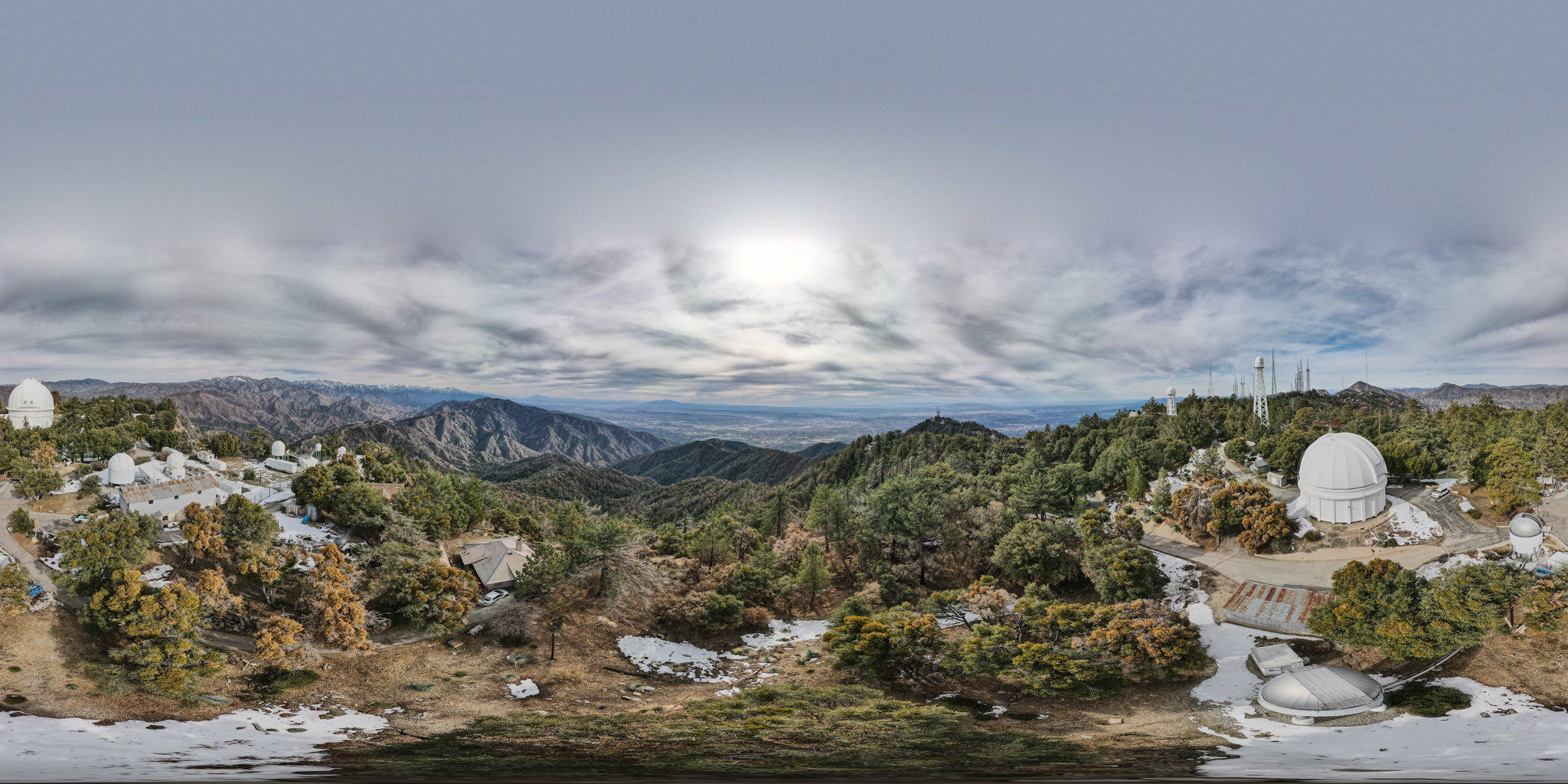
Astrophotonics & the CHARA Array
Nic Scott
telescope system scientist - the CHARA Array








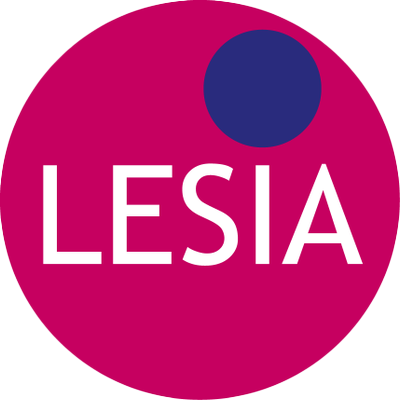



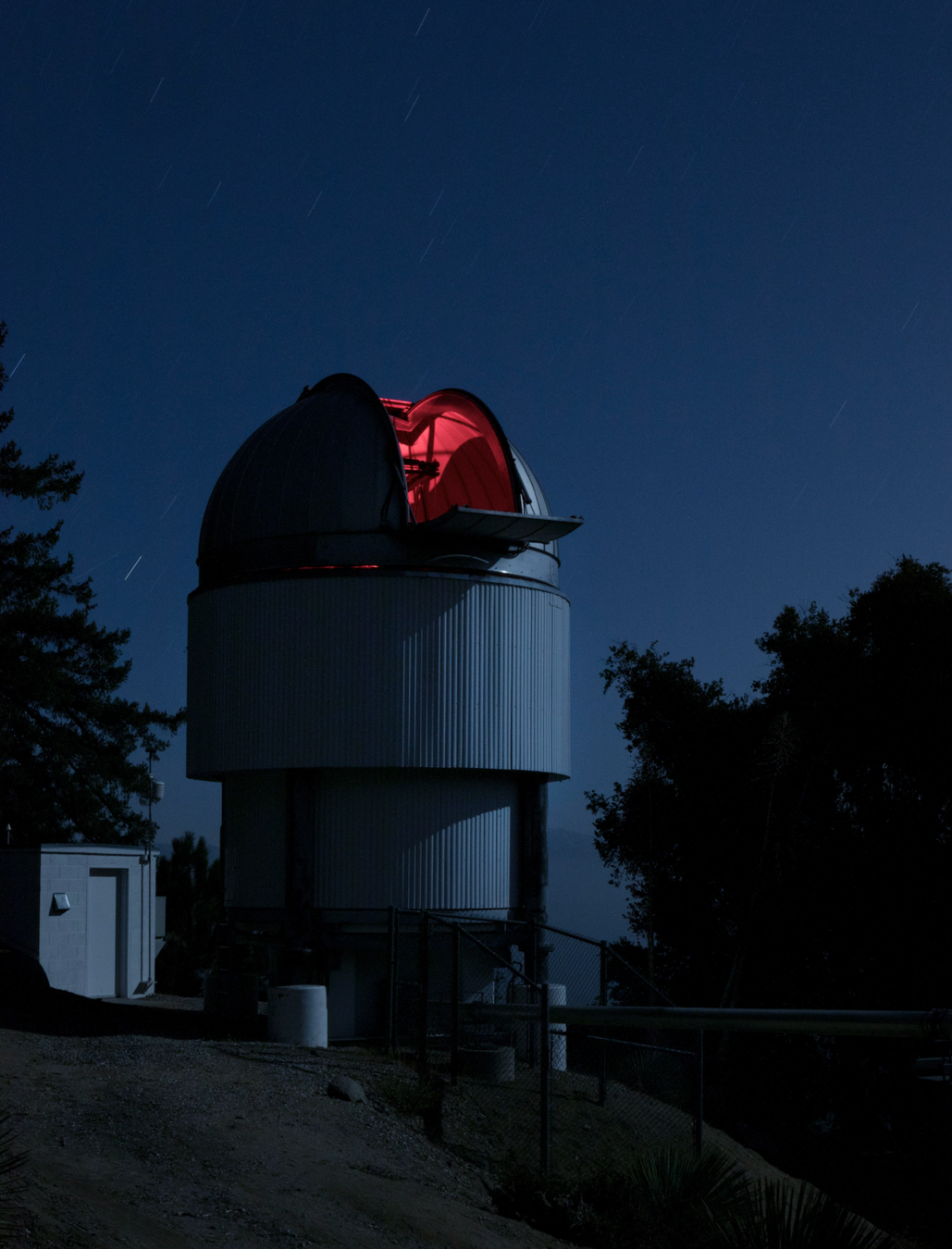
Jul 2024



Center for High Angular Resolution Astronomy
Georgia State University, Atlanta
Director: Douglas Gies
CHARA Array
Mount Wilson Observatory, California
Director: Gail Schaefer
16 staff members onsite
Operations funded through the NSF, GSU, collaboration partners











Georgia State University
The CHARA Array is operated by the Center for High Angular Resolution Astronomy at Georgia State University in Atlanta.
The two-telescope CLASSIC beam combiner
University of Michigan
The MIRC-X H-band combiner. A six-telescope cryogenic K-band beam combiner, MYSTIC
University of Exeter
The upgrades to the six-telescope MIRC-X combiner
l’Observatoire de la Côte d’Azur
SPICA combines all six-telescopes and provides a range of spectral dispersions at visible wavelengths.
Sydney University
Precision Astronomical Visible Observations (PAVO) instrument
Australian National University
The (PAVO) visible beam combiner
Université de Limoges
the ALOHA fiber experiment.
Kyoto Sangyo University
Pushing the sensitivity limits of the Array in order to resolve the cores of Active Galactic Nuclei.
National Optical-Infrared Astronomy Research Laboratory
Open access time at the CHARA Array is available to the astronomical community through the National Optical-Infrared Astronomy Research Laboratory (NOIR Lab).
The CHARA Consortium













The Array is capable of resolving details as small as 200 micro-arcseconds, equivalent to the angular size of a coin seen from a distance of 10,000 miles (16,000 km).
X



TMT

GMT

ELTs
ELTs will be 16x sharper than Hubble ... but CHARA is 17x sharper than ELTs



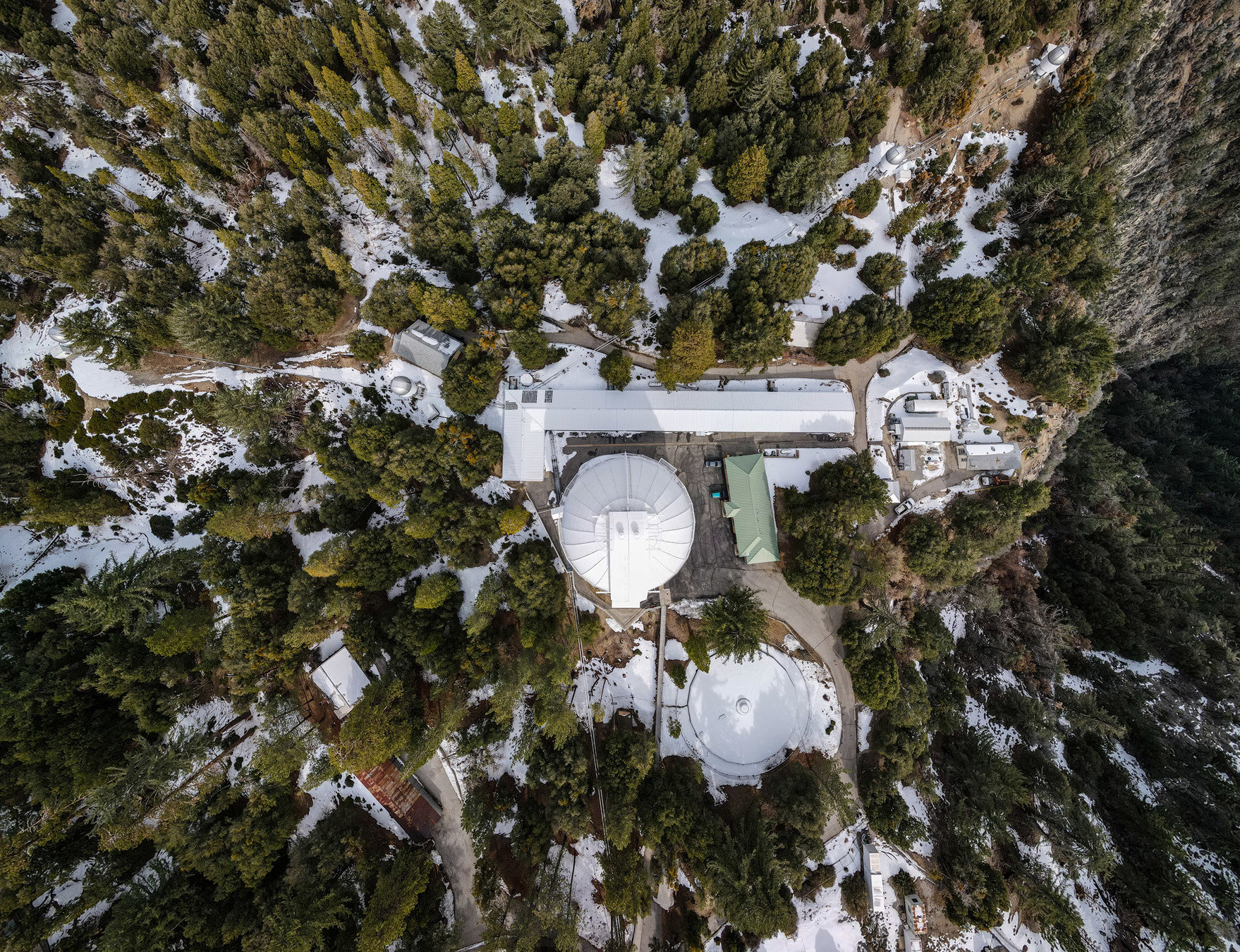

the CHARA Array
"the CHARA Array continues to offer exceptional opportunities for scientific discovery using the longest operating baselines in the world among optical/near-IR interferometers"

Spatial resolution
• 0.20 mas at R (650 nm)
• 0.52 mas at H (1.67 μm)
• 0.66 mas at K (2.13 μm)
34 to 331m
- 15 baselines
- 10 closure triangles
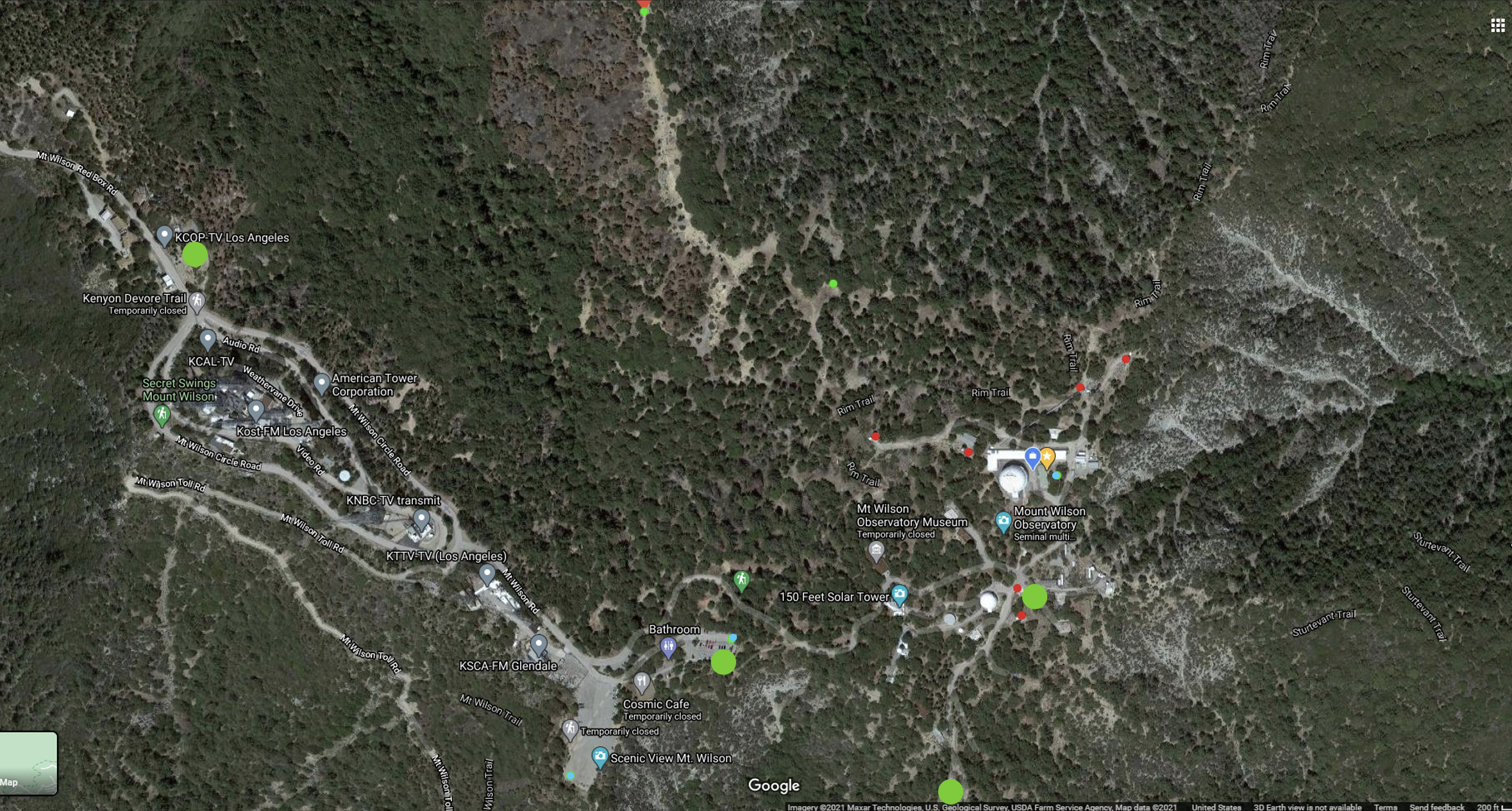

1100m
600m
~17m
S3
S4
W5
Max spatial resolution
• 0.06 mas at R (650 nm)
• 0.16 mas at H (1.67 μm)
• 0.20 mas at K (2.13 μm)
17 to 1100m
- 36 possible baselines: array + CMAP [6+3] (15 simultaneous)

The full Michelson Array would offer 12 total positions, creating 66 possible baselines.
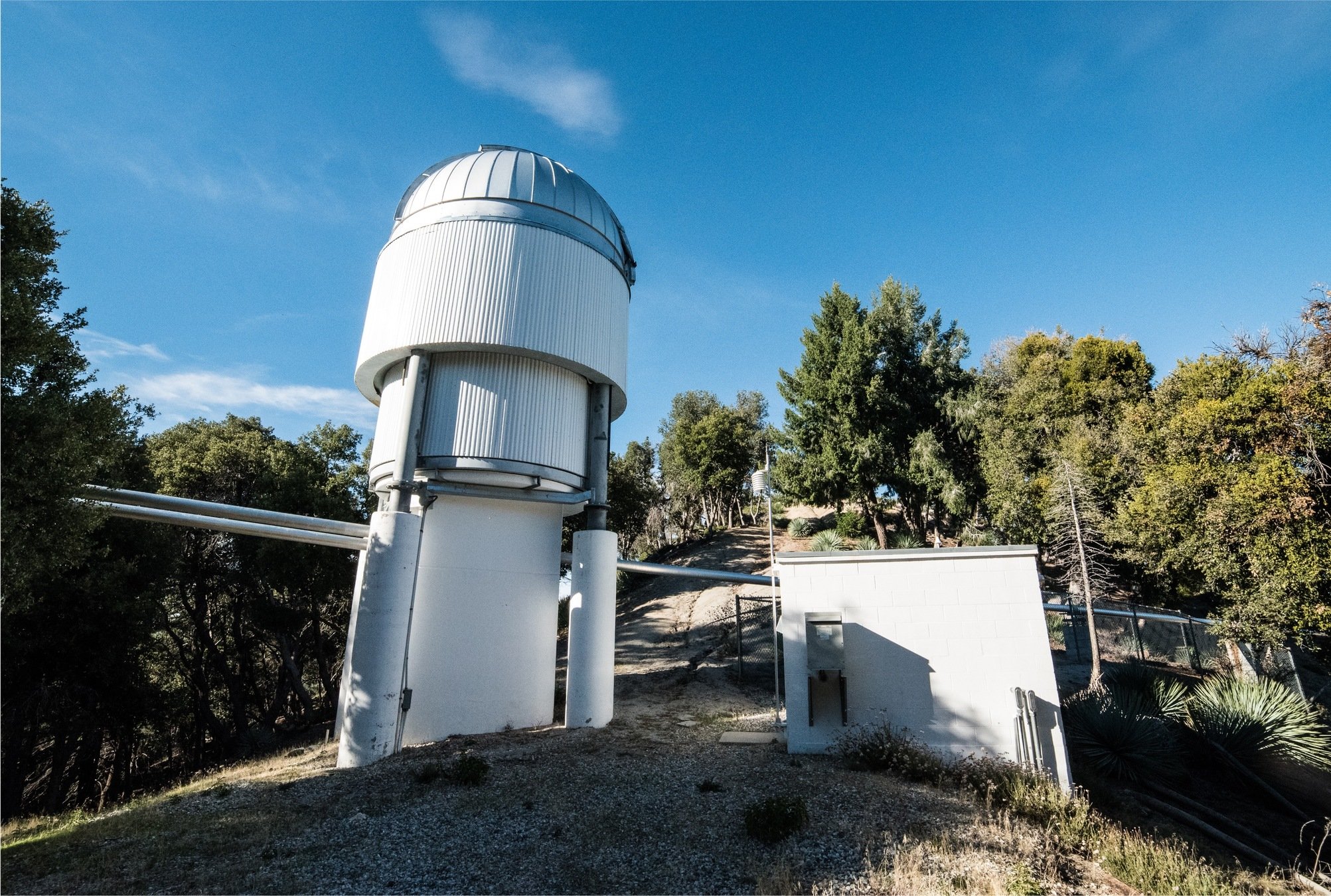
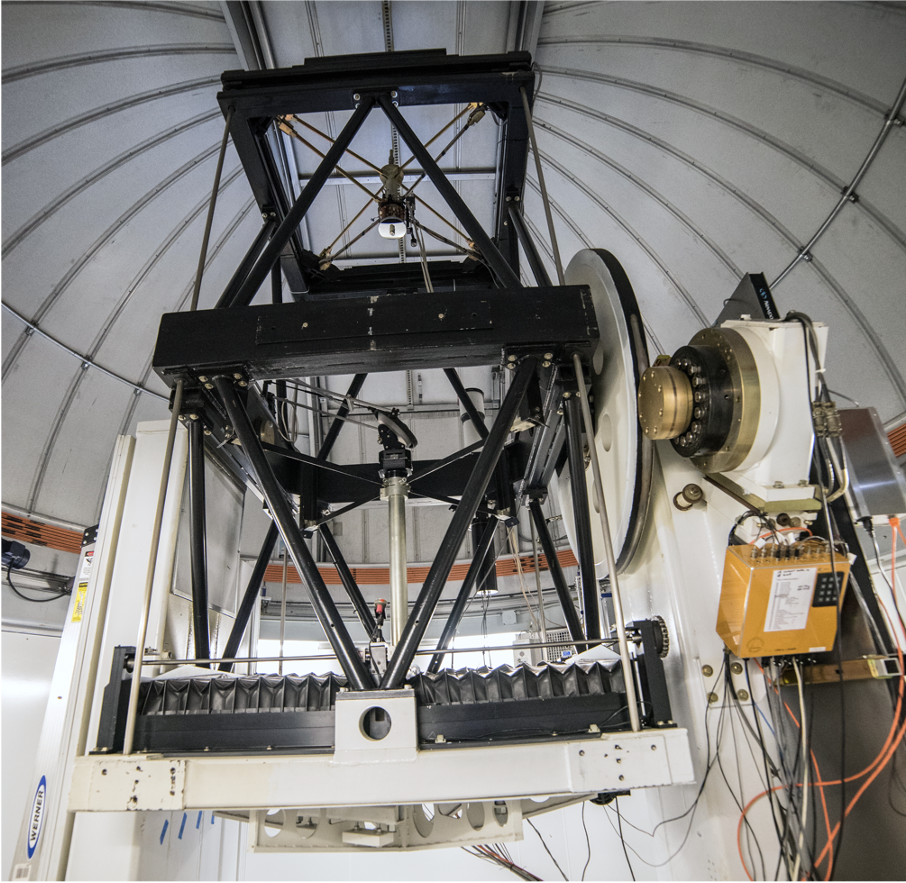

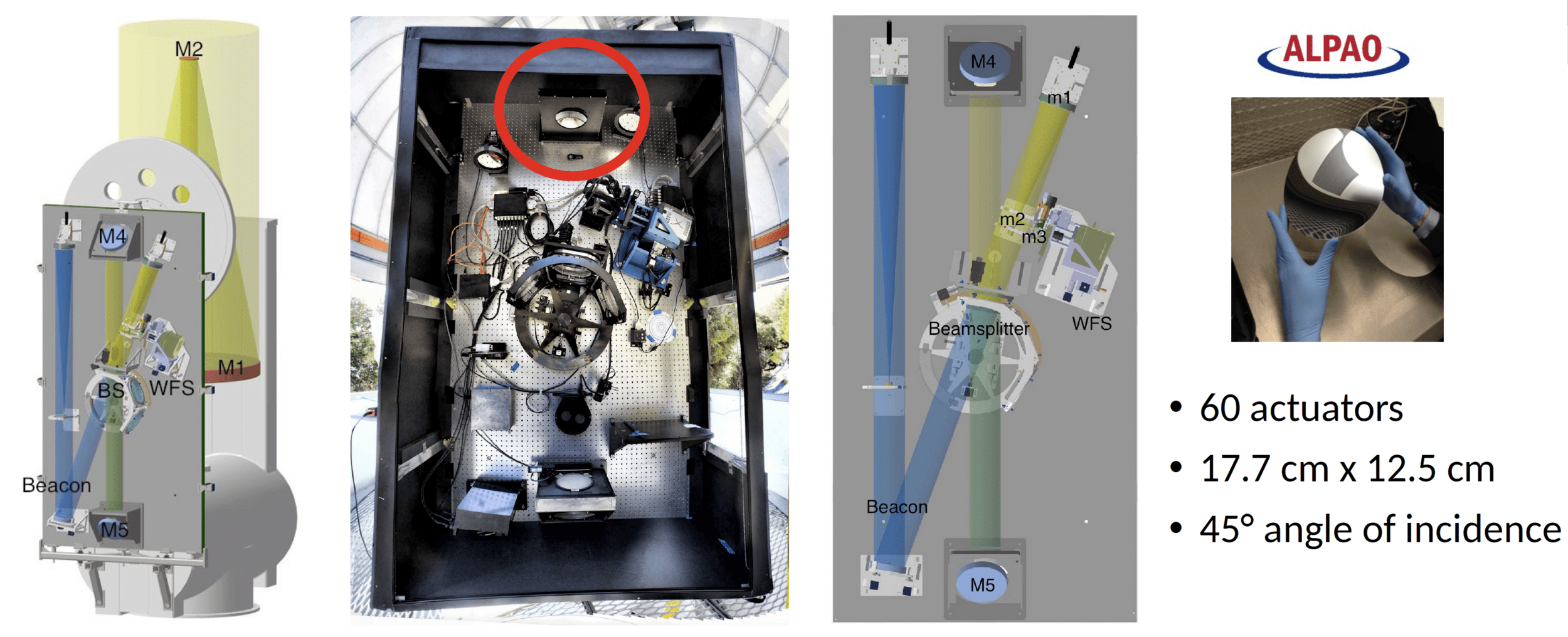
TelAO
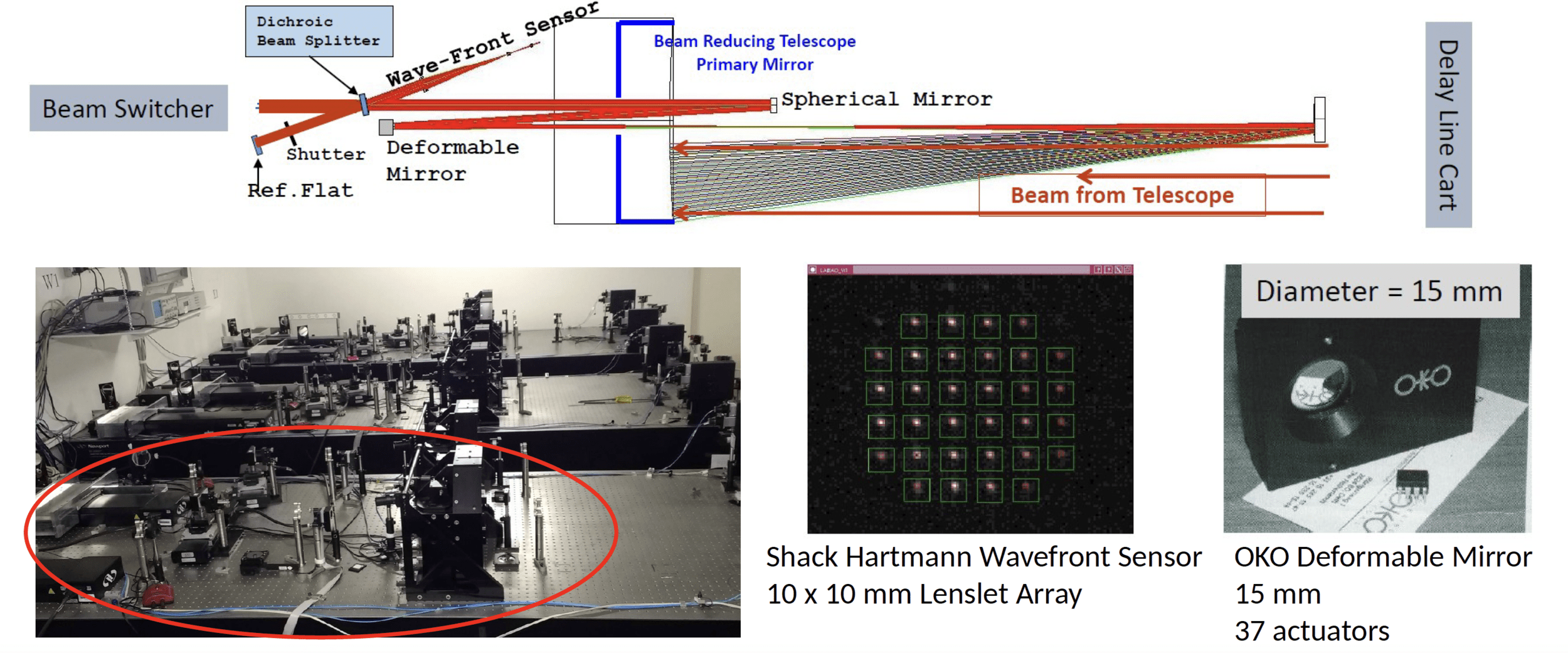
LabAO
WFS
phase
DM
(500 frame avg of cal source)
image

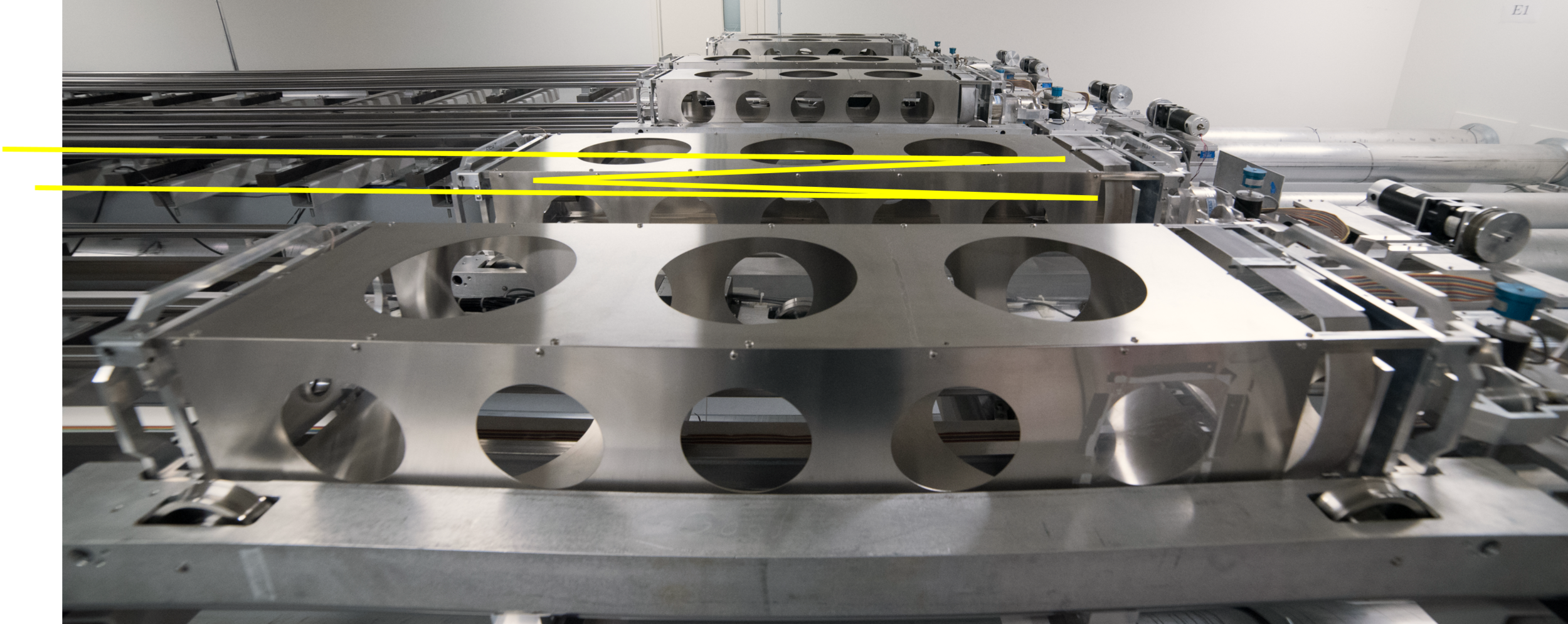
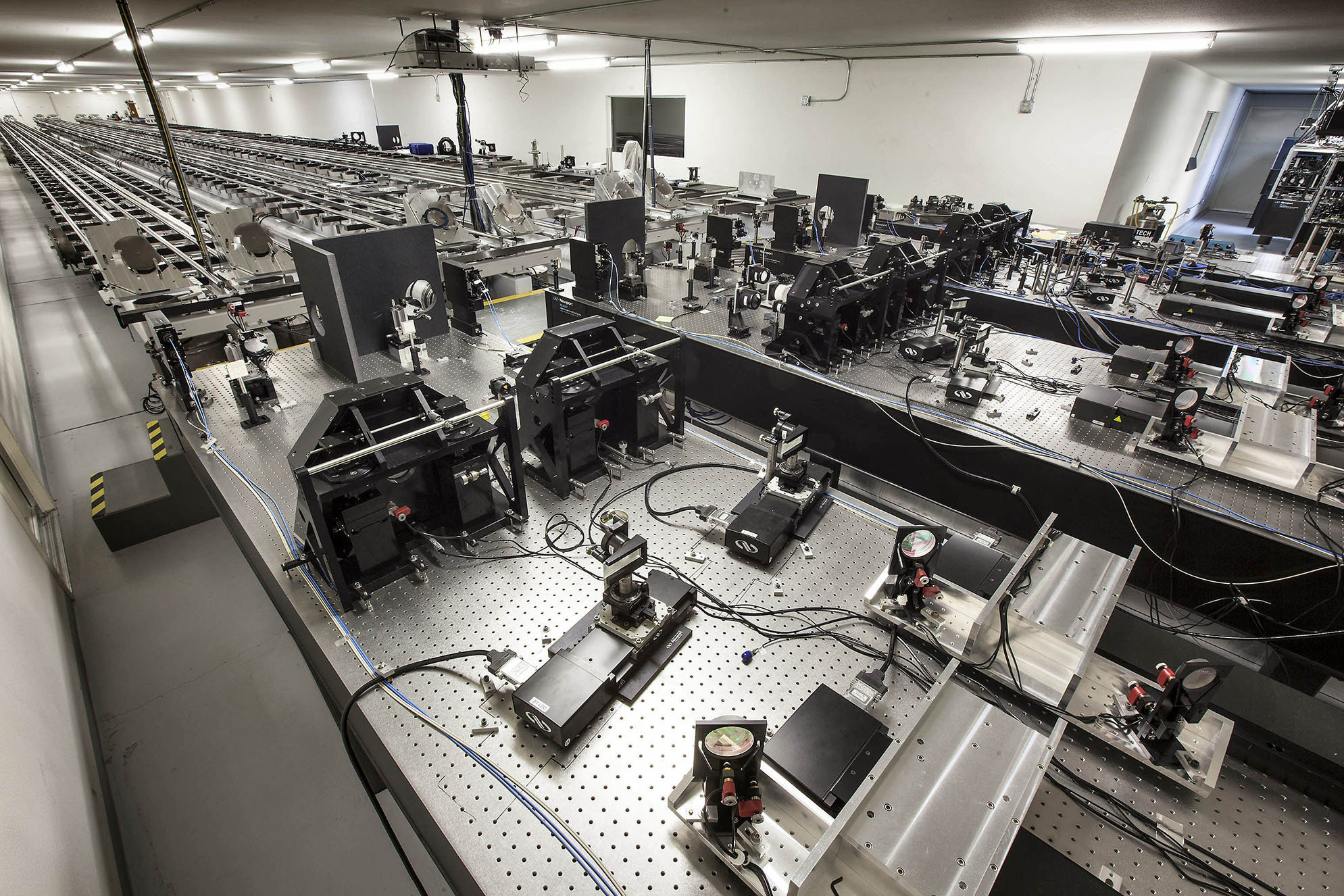
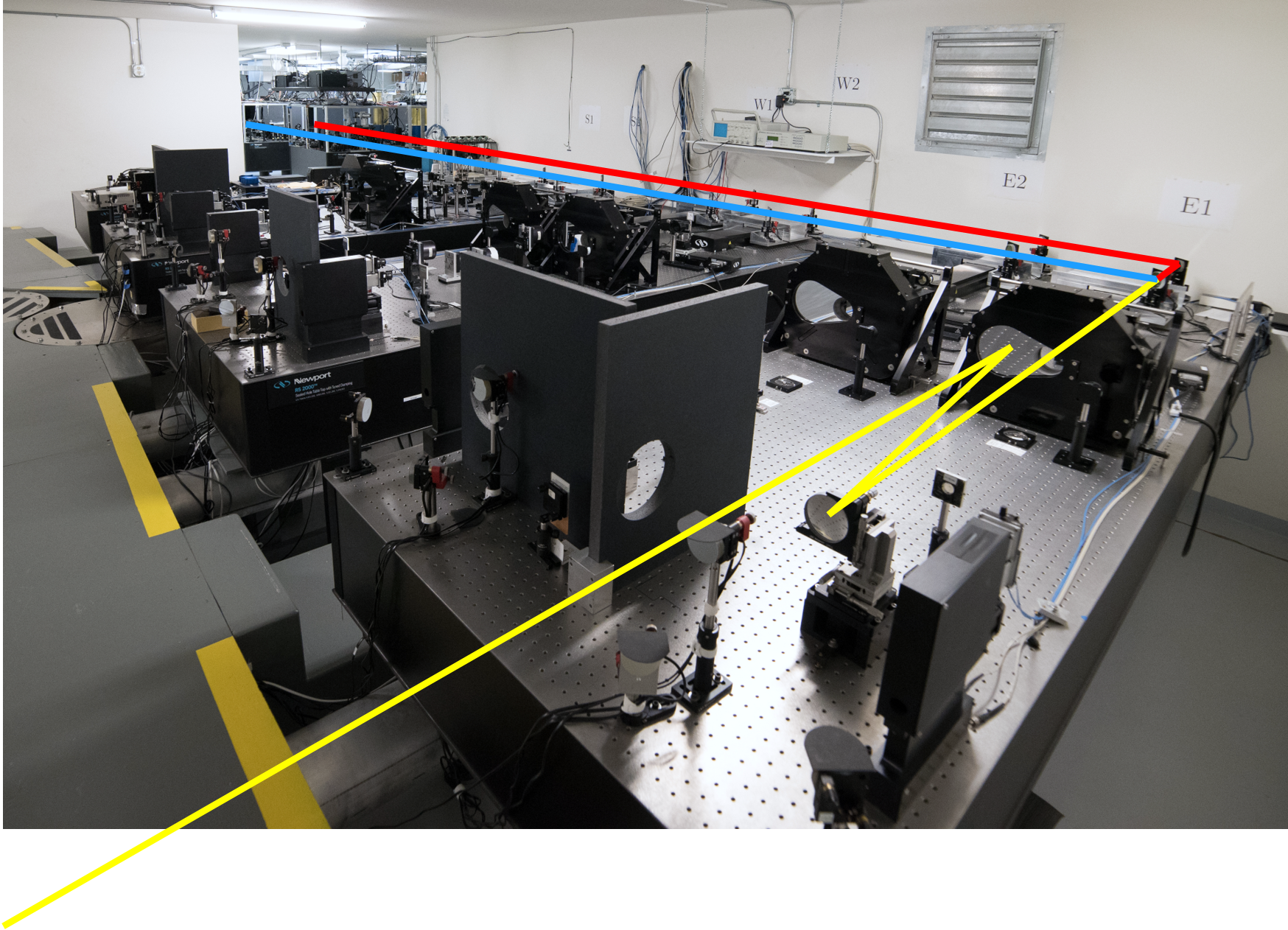
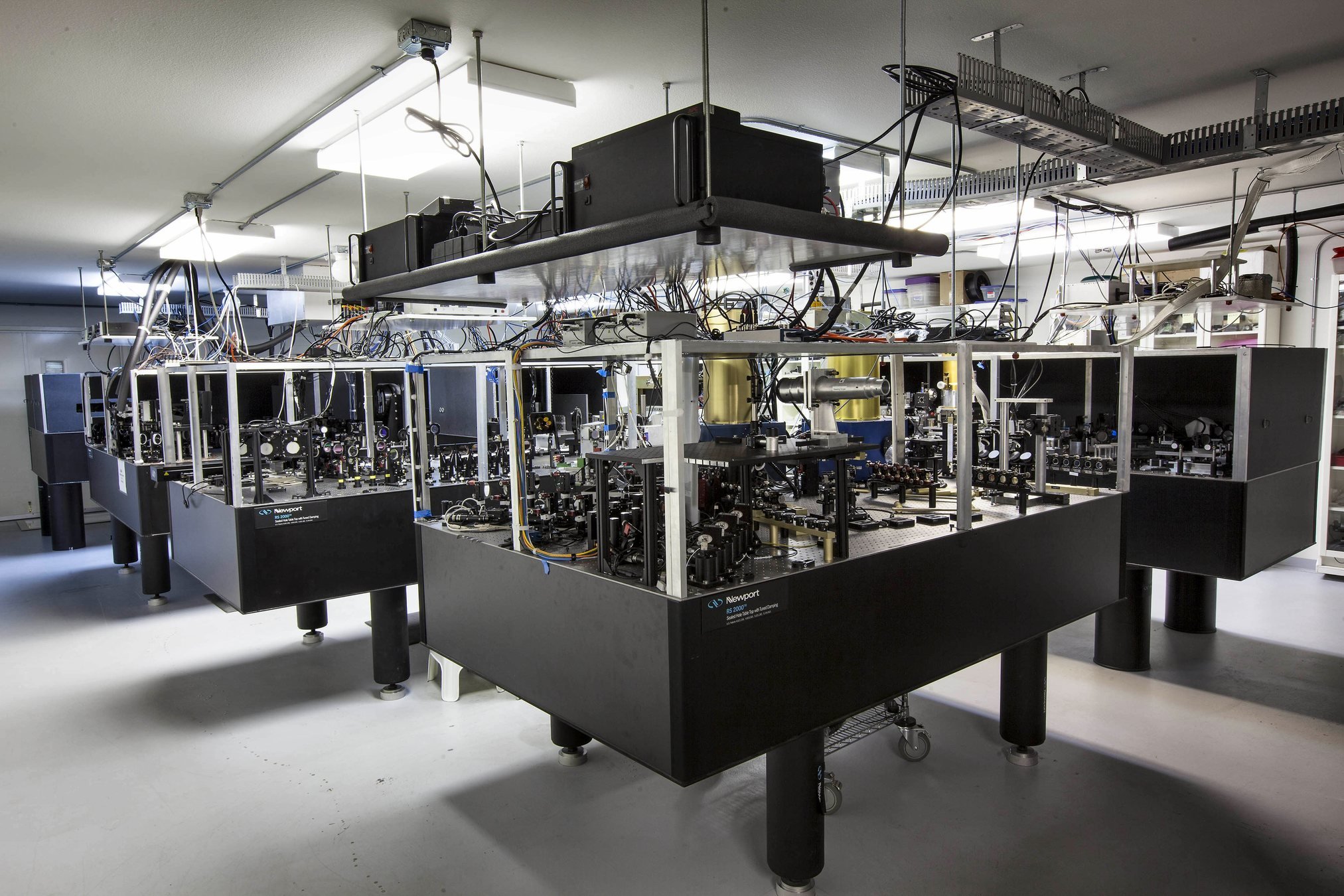
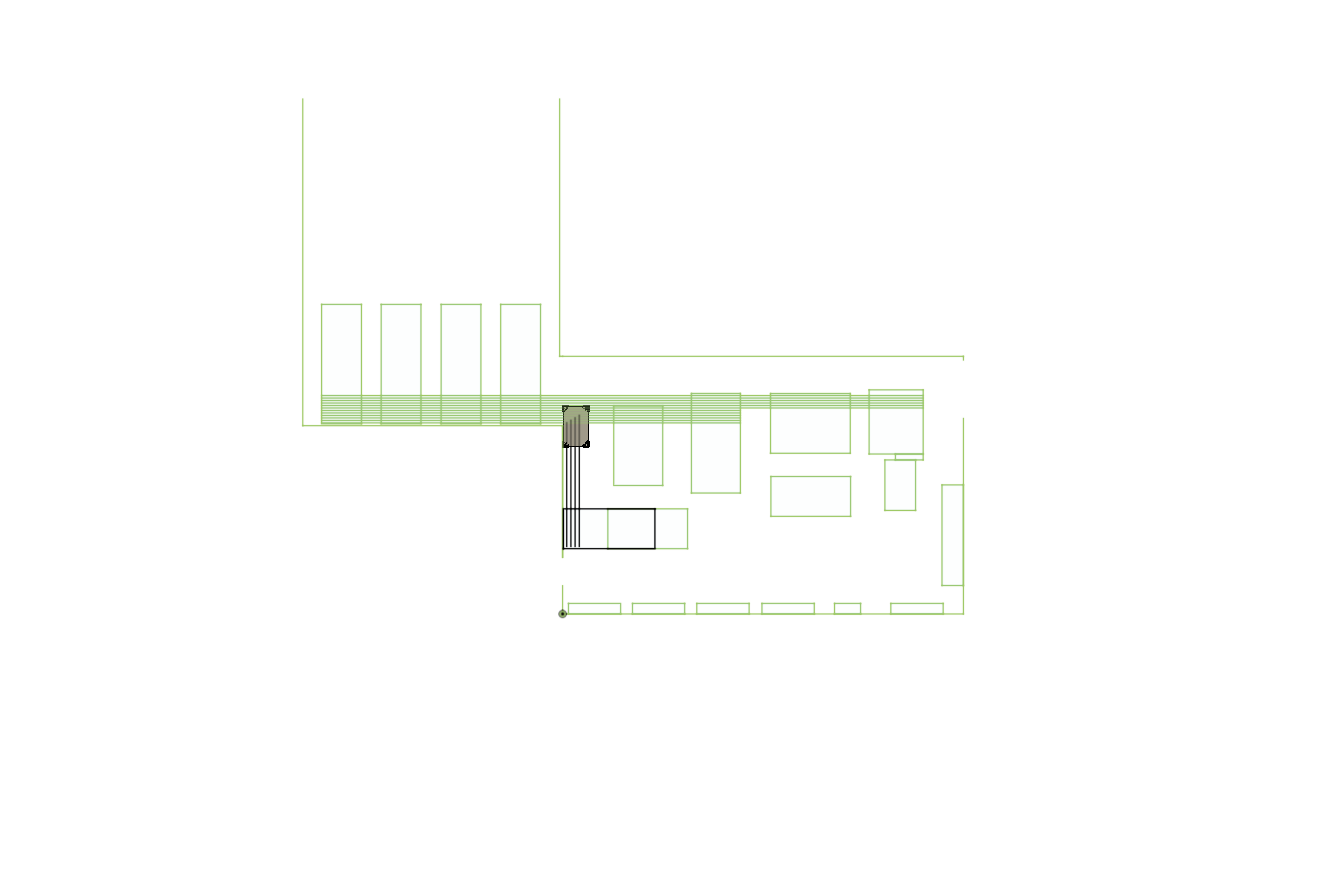
MIRX
MYSTIC
SILMARIL
SPICA
CHARIOT
PAVO
VIS BEAMS
METROLOGY
STS/STST
BEAM SAMPLERS
BEAM Reduction
LabAO
diameter

Lawson 2003, S&T
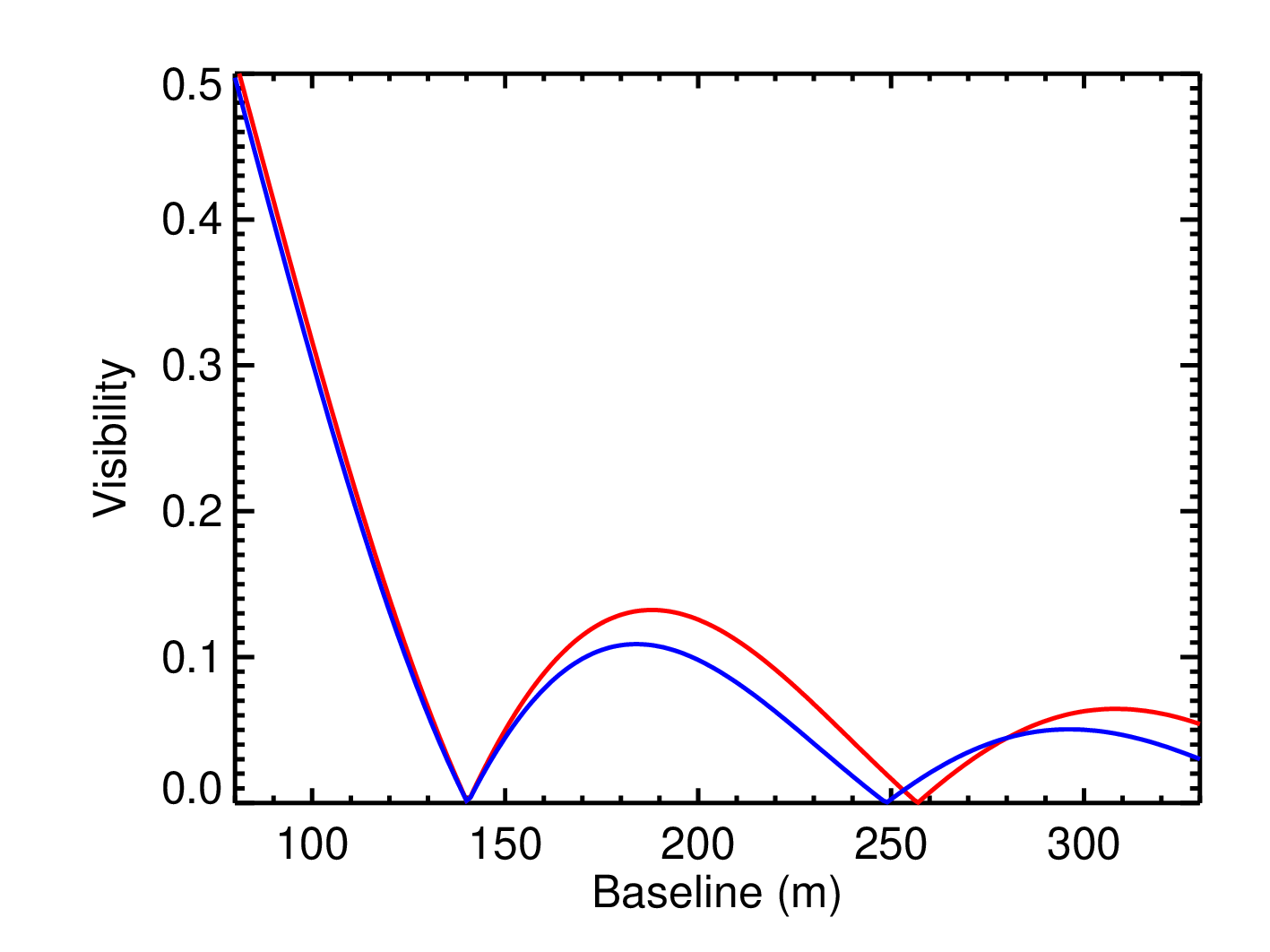
Limb darkened vs Uniform disk
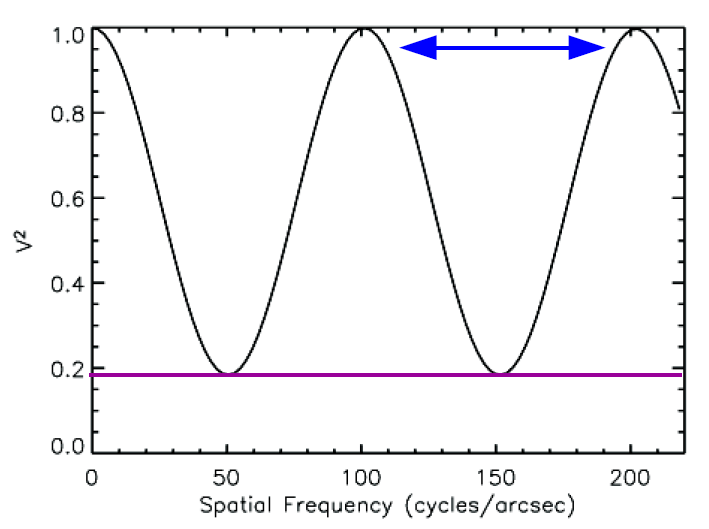
binarity
Separation
flux ratio
(B/λ)
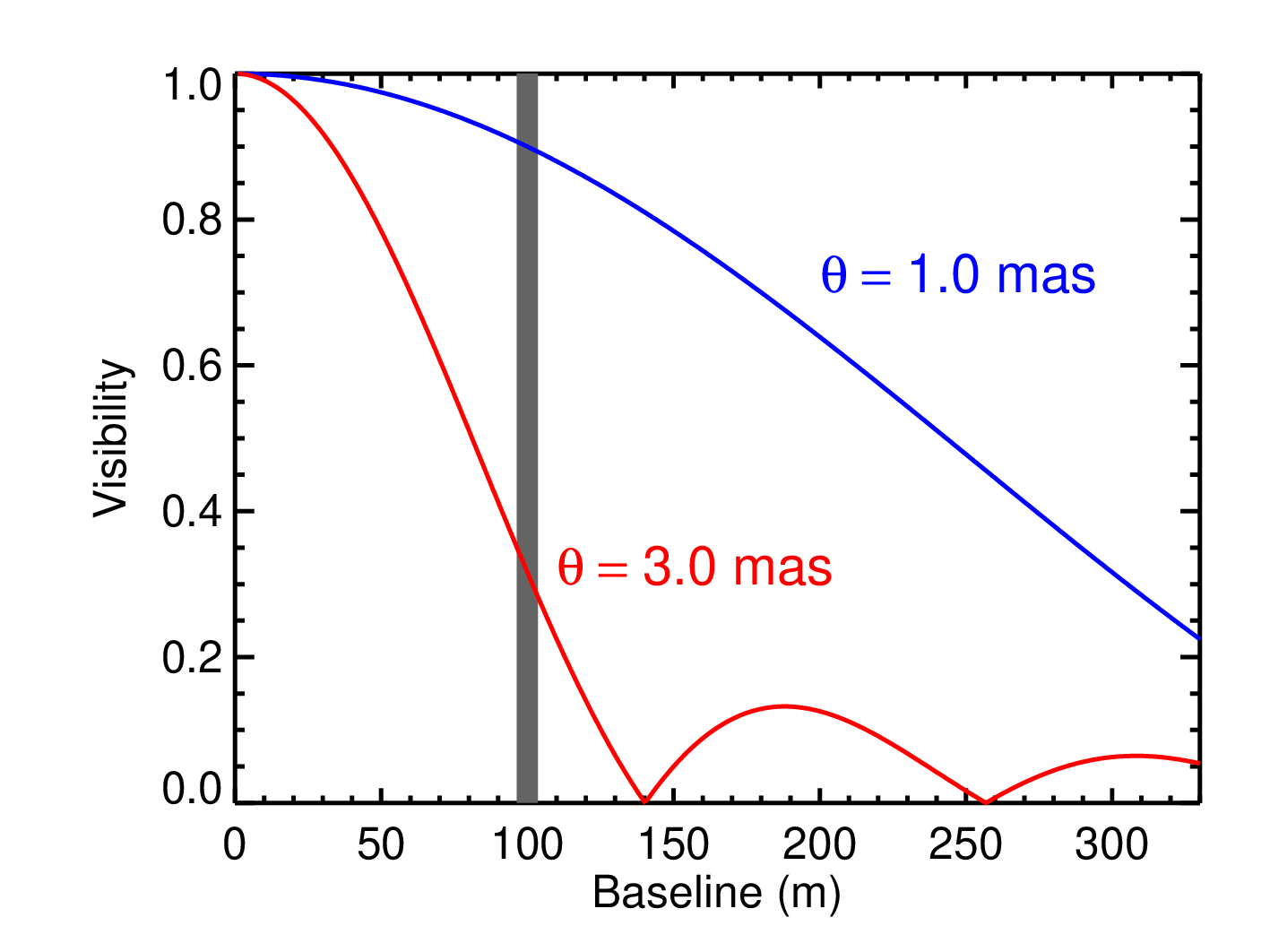


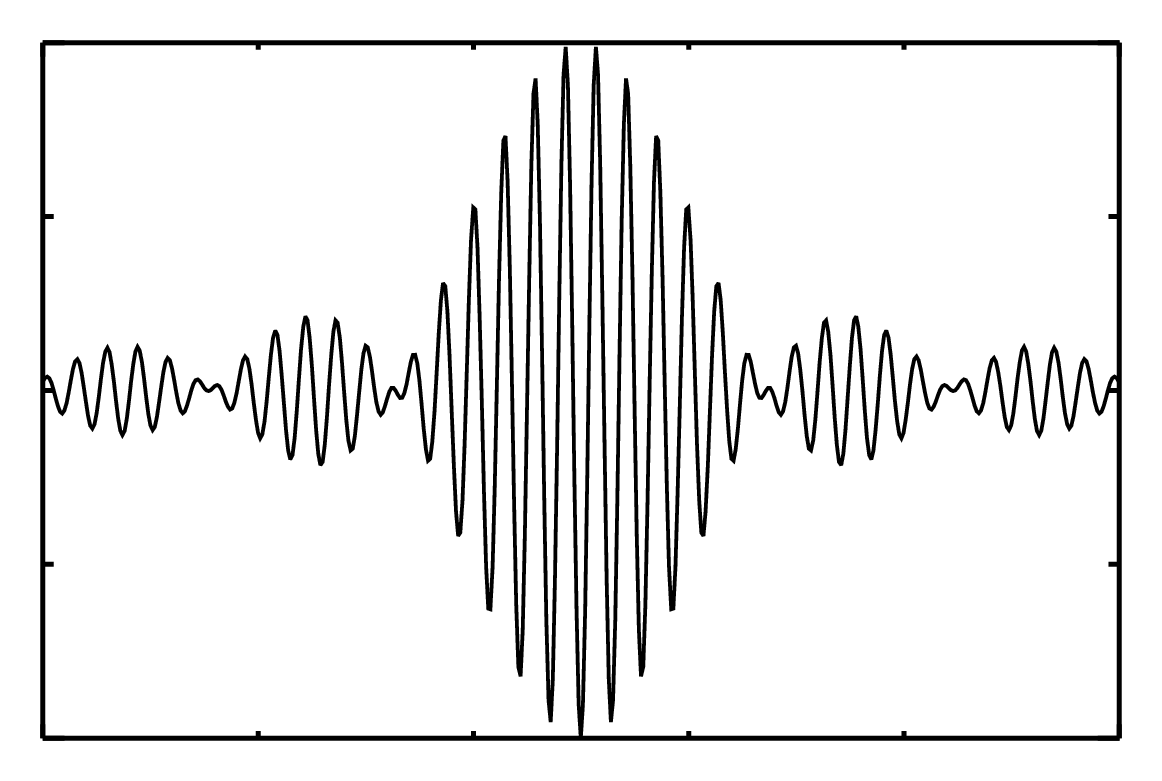
Science Drivers
- multiple star systems
- stellar diameters
- YSOs/planetary formation
- evolved stars
- starspots/surface imaging
- exozodis
- AGN
- exoplanet hosts
The Gaia orbits give the center-of-light motion of unresolved binaries, and a single resolved CHARA observation is sufficient to determine the full orbit and masses.
High angular resolution observations also reveal how interacting stars are transformed by mass exchange.
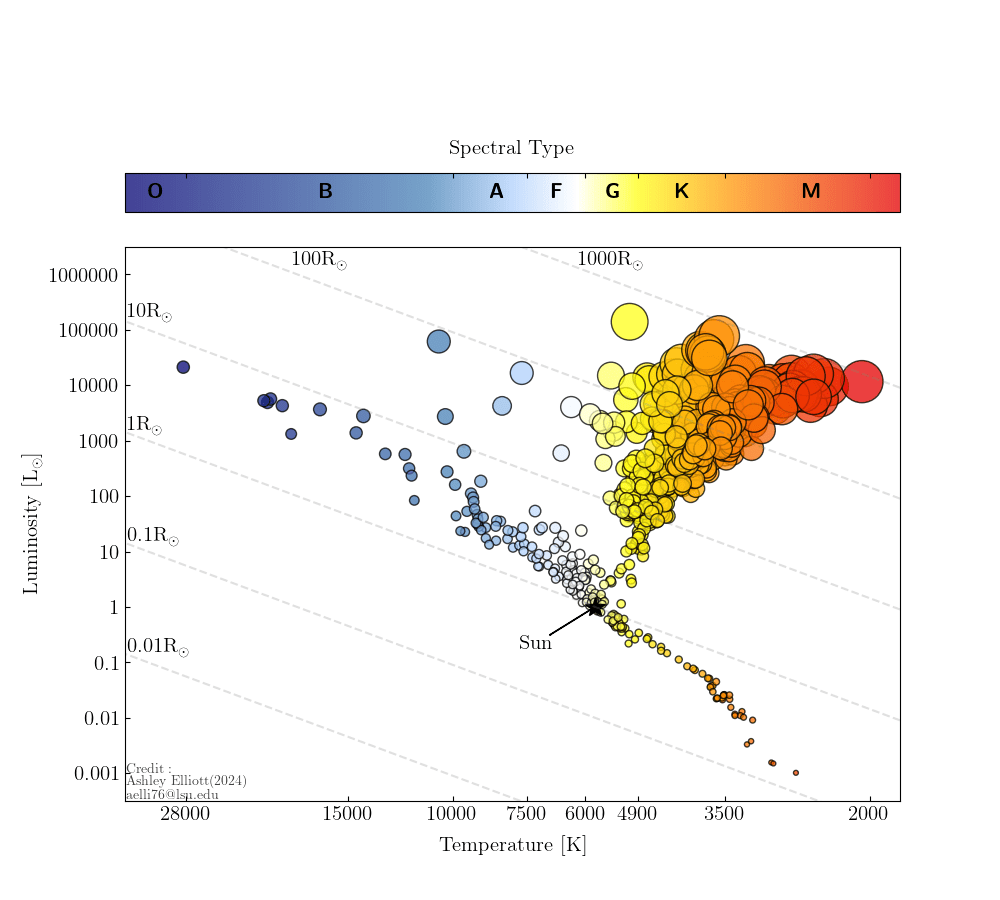
Ashley Elliott 2024
Diameters of Stars
Ashley Elliott (LSU) has compiled interferometric measurements from CHARA and more to create an empirical HR diagram.
Angular Dia. + Parallax → Linear Radius
Diameter + Bolometric Flux → Teff
- masses and ages from evolutionary tracks/isochrones
- evolutionary models
- color-magnitude relations
- surface brightness relations
- asteroseismic scaling relations
SCIENTIFIC RESULTS
693 stars, σθ < 5%


Binary & Multiples
Castor A and B
- resolved the inner binary components
- masses and 3D orbits
- mutual orientations of the different components.
HD 284163
hierarchical quadruple system
- orbits of the inner (2.39 d) and first outer (43.1 yr) are nearly orthogonal
- Accurate masses including that of the secondary
- (0.5245 ± 0.0047 M⊙) is now the lowest mass star with a dynamical mass measurement in the Hyades cluster.

ARMADA astrometry survey to search for triple systems among known intermediate mass binaries.
- ~ 20 - 50 μas residuals
- potentially could detect Jupiter-mass exoplanets in binaries.

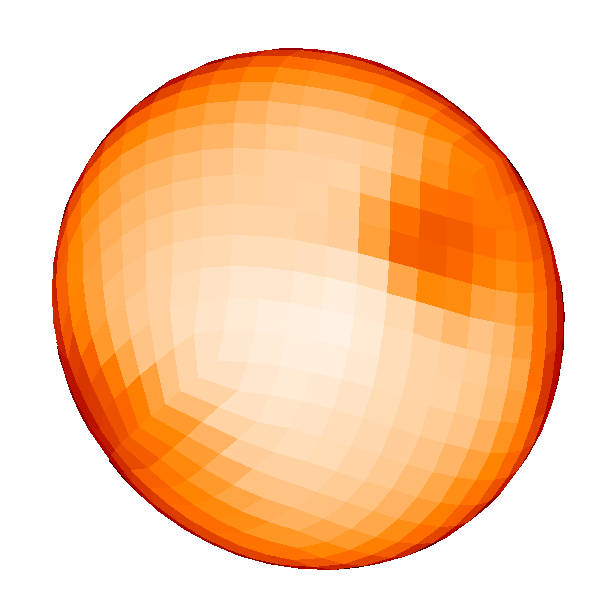
Spotted magnetic stars

Regulus -- Che et al. 2011, ApJ, 732, 68
Rasalhague -- Zhao et al. 2009, ApJ, 701, 209
Altair -- Monnier et al. 2007, Science, 317, 324
Alderamin -- Zhao et al. 2009, ApJ, 701, 209
Beta Cas -- Che et al. 2011, ApJ, 732, 68


Rapid Rotators
Zet And
Sig Gem
Lam And
θ = 2.7 mas
θ = 2.5 mas
θ = 2.4 mas
Resolved stellar surfaces




Expansion curve of Nova Del 2013.

- Changes in apparent expansion – optically thick core surrounded by diffuse envelope that cools over time
- Geometric disk: 4.5 kpc
- Asymmetric shape detected as early as 2d


Image Reconstruction of AZ Cyg
Norris et al. (2021)
Model Simulation
Chiavassa et al. (2010)
P = 12.9 d
a = 0.87 mas
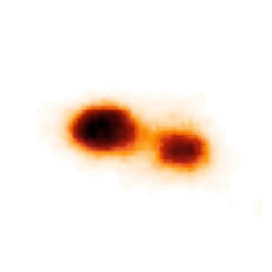


Be stars

Giant star surfaces
Imaging Luminous Stars
The cool hypergiant star RW Cep experienced a Great Dimming event in 2022:
- imaged near photometric minimum
- H & K-band images show an asymmetric intensity distribution and a distorted shape
- NIR spectroscopy found fading increased towards shorter wavelengths
- implicates dust formation from stellar ejecta as the explanation for the fading and unusual appearance.


Patchy appearance results from dust created by a huge ejection from the star

Illustration credit: NASA, ESA, and E. Wheatley (STScI)
Anugu and colleagues are continuing to monitor the star with CHARA to explore how the surface appearance changes as the star brightens again.
What causes 1.2 mag
drop in V-band flux?

Disks Around Young Stars
The disks around T Tau type and other Young Stellar Objects (YSOs) are the birthplaces of planets, and interferometric imaging offers important clues about the environments surrounding planet formation.


SU Aur
MIRC-X observations of to build a model of the circumstellar disk's geometric and physical properties.
- inclined and warped
- flux mainly comes from the illuminated far side of the disk
- near side partially obscures the central star
- dust emission indicate formation of a disk wind from the upper and lower boundaries of the warped disk.

luminous Herbig Be star HD 190073
- YSO disk is viewed almost face-on (i<20°)
- clear view of the full extent of the inner gas disk.
- discovered a bright spot in the disk that migrated by 27° over of 32 days

Gleise 486
- M3.5 V star at ~8 pc
- transit every 1.467 days.
- MIRC-X → angular size of the the host star
- physical radius and effective temperature.
- transit light curve → ratio of planetary to stellar radius
- exoplanet diameter
- HPRV captured the reflex motion of the star and led to an exoplanet mass
- model of the interior structure and possible atmosphere of this other world in the solar neighborhood.
Exoplanet Systems
Interferometric observations of exoplanet host stars provide the means to determine the detailed stellar characteristics that are required to find the exoplanet properties.
- Radius and Teff of host
- Mass + age from evolutionary tracks
- Size of habitable zone
- Radius of transiting planets


Exoplanet Systems
Planet formation is generally considered in the context of young stars, but mass loss in older stars may also play a role in making planets at the end of a star's life.
Circumbinary disk with close to a polar alignment with respect to the binary orbit.
- Any planet formed in the disk would be relatively stable.
- central cavity in the disk could be result of such a planet.
If so, represents the first example of a polar circumbinary planet.


Image credit: Dr Mark A. Garlick / markgarlick.com
post-AGB star AC Her
- binary system
- surrounded large disk of gas and dust.
- Anugu determined the first 3D orbit for AC Her
- first for any post-AGB system
→ the large cavity in the center of the circumbinary disk is not created by the tidal action of the central binary.

Future: Image an exoplanet during transit
There are some 250 known exoplanets with host stars accessible to CHARA.
The new baselines will enable resolution of solar-like stars out to about 70pc in H-band.
Numerical simulations of the transiting hot-Jupiter in HD189773 indicate that the shape of the silhouette of the planet can be measured in long baseline observations made during transits.

NGC 4151
Active Galactic Nuclei
bright central region of the active galactic nucleus of the Seyfert galaxy NGC 4151.
- Central structure resolved at the 0.5 mas scale.
- ring-like structure viewed at an inclination of 40°
- perpendicular to the radio jet
- K-band flux probably originates in a dust sublimation region on the face of the torus surrounding the black hole.


CMAP
(CHARA Michelson Array Pathfinder)

Mobile Telescope Transport (TR116)
Recent Technical Developments
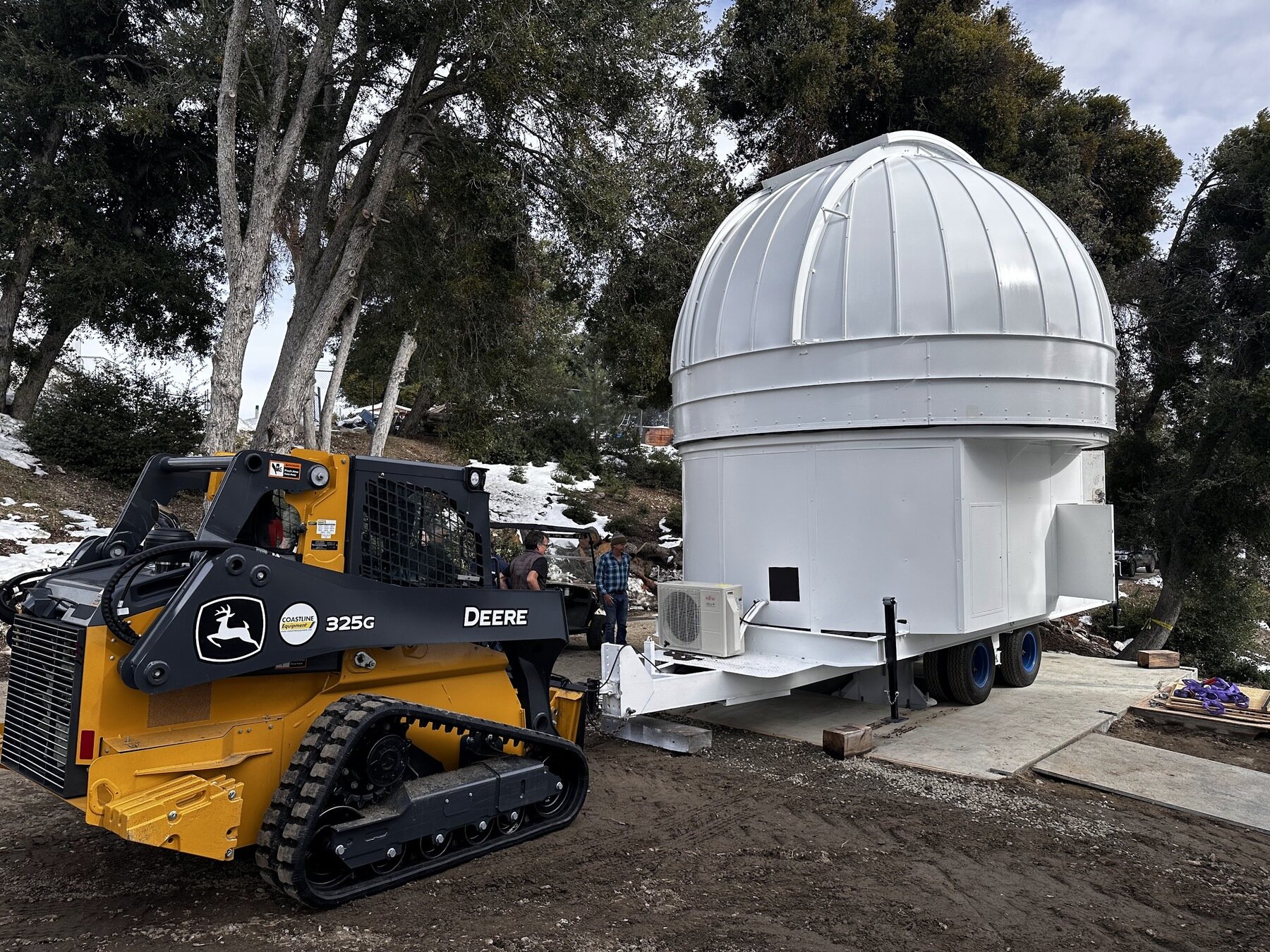
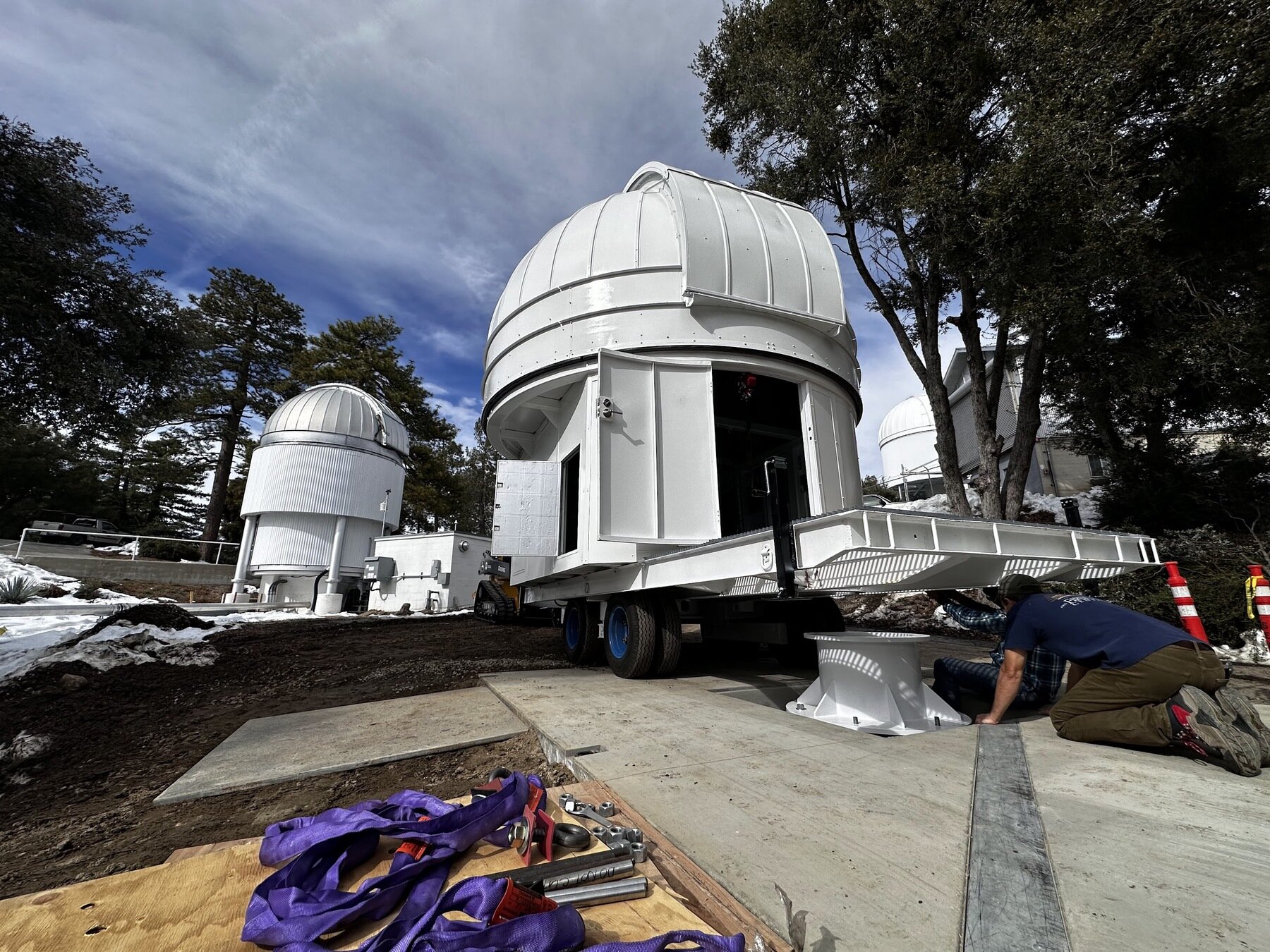
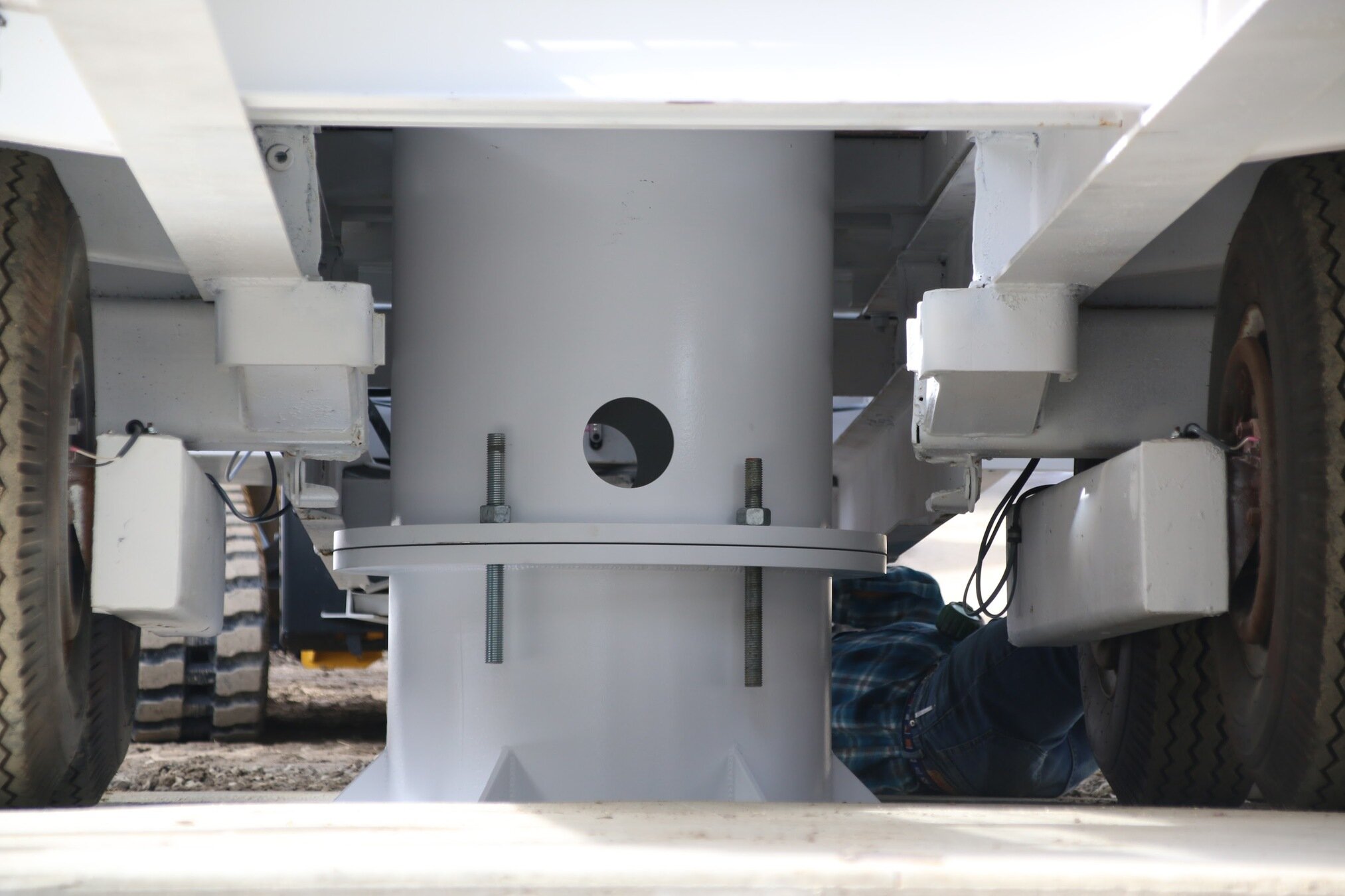
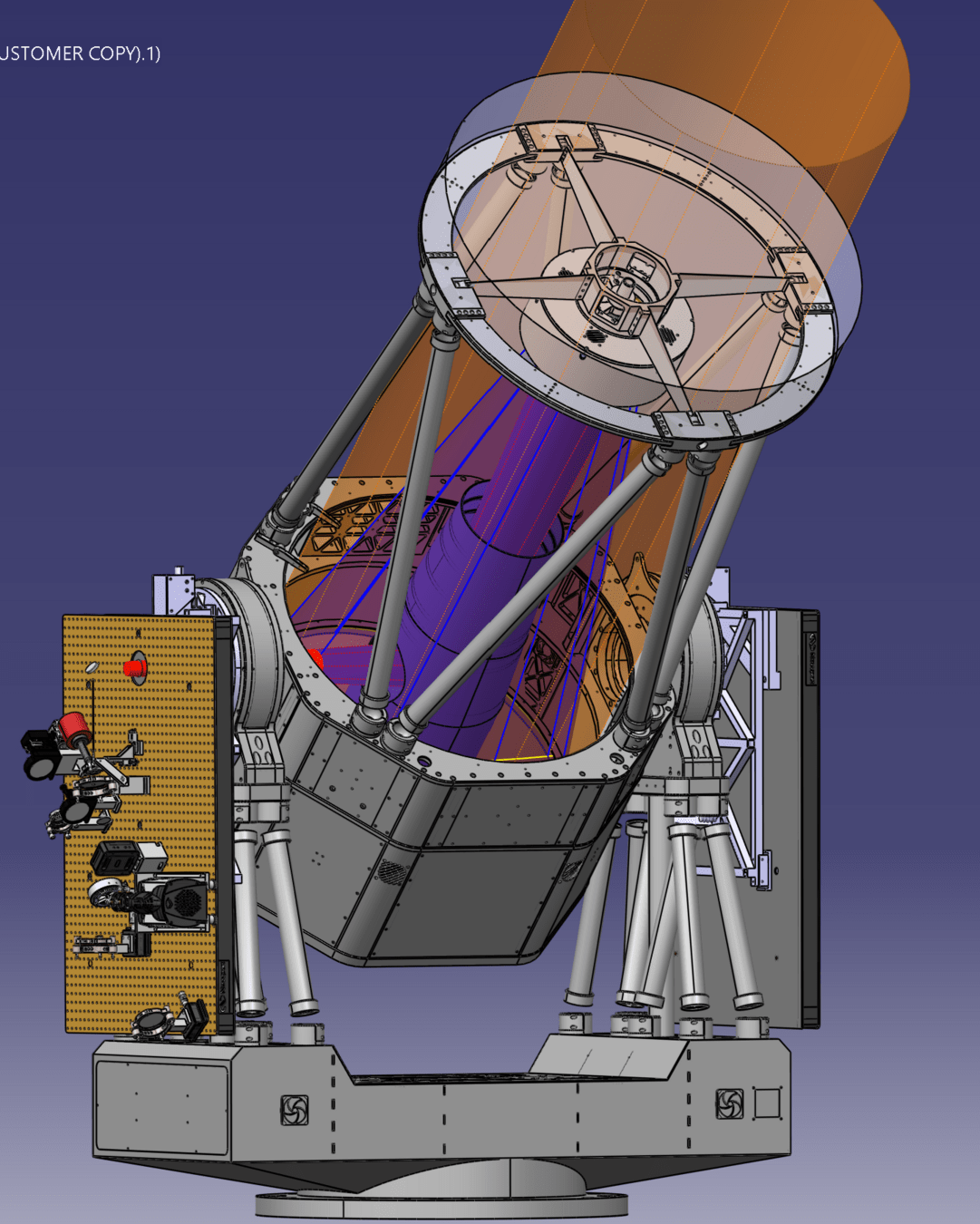


Planewave RC telescope
AOB
fiber injection
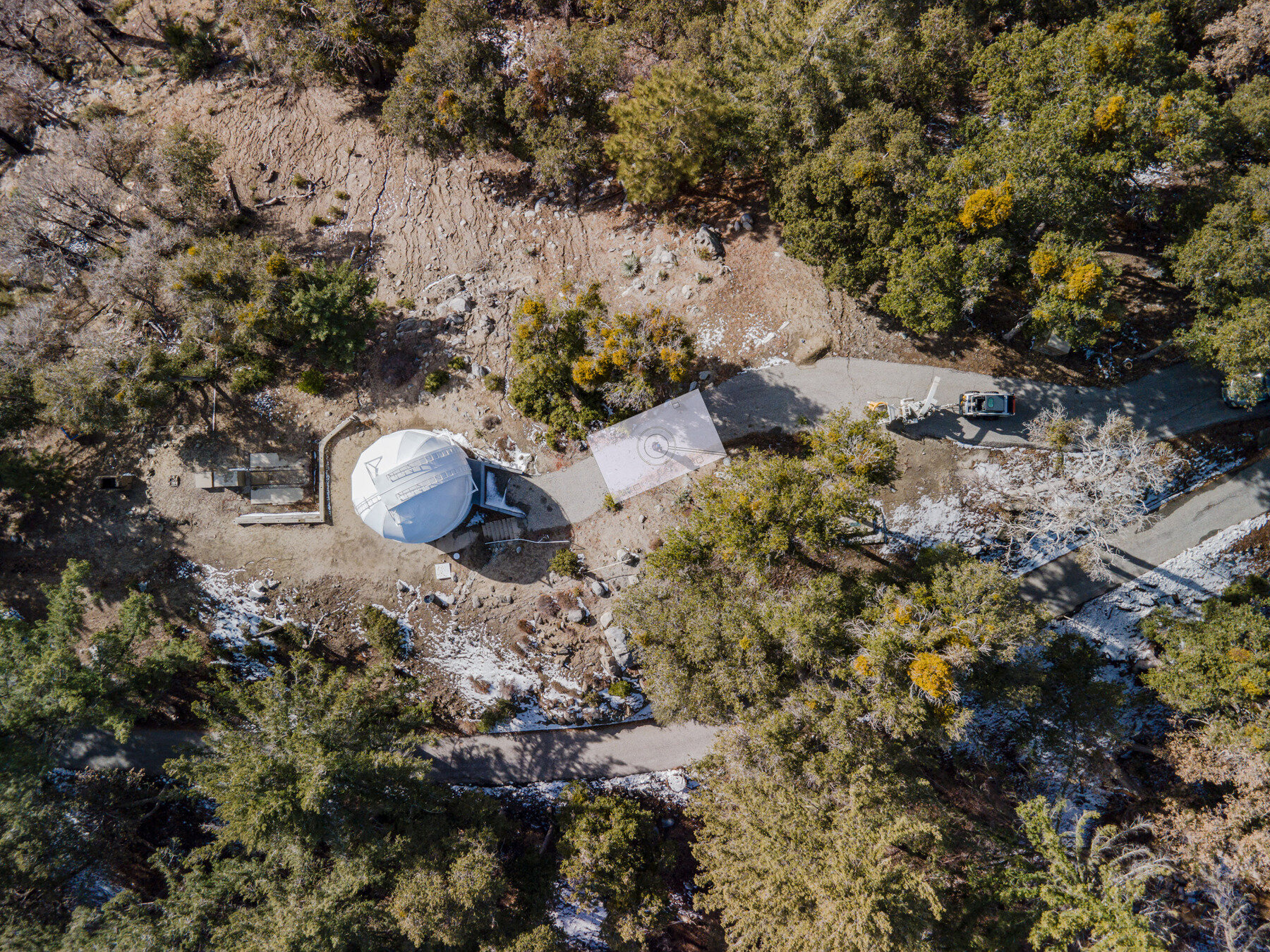
S4
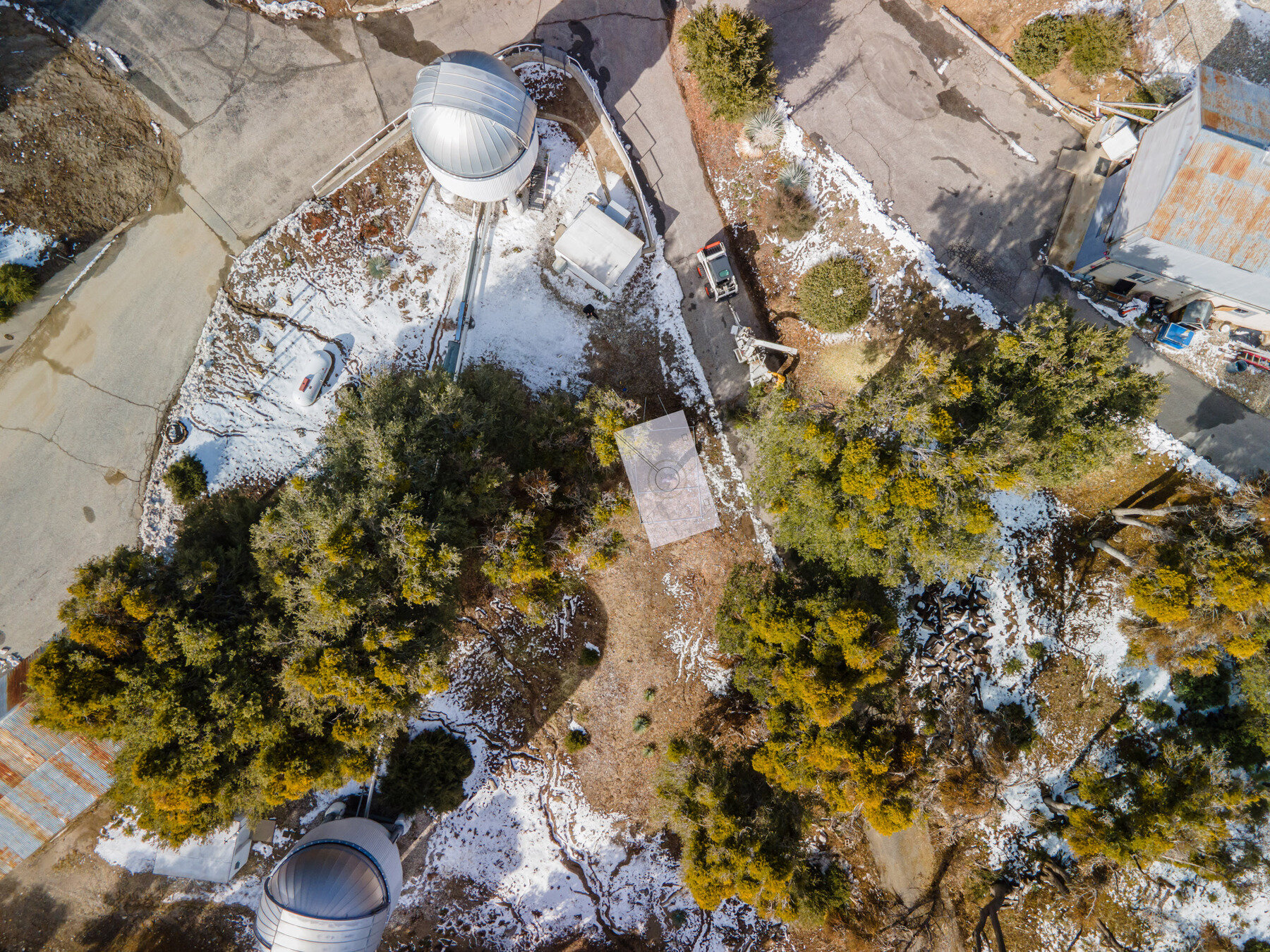
S3
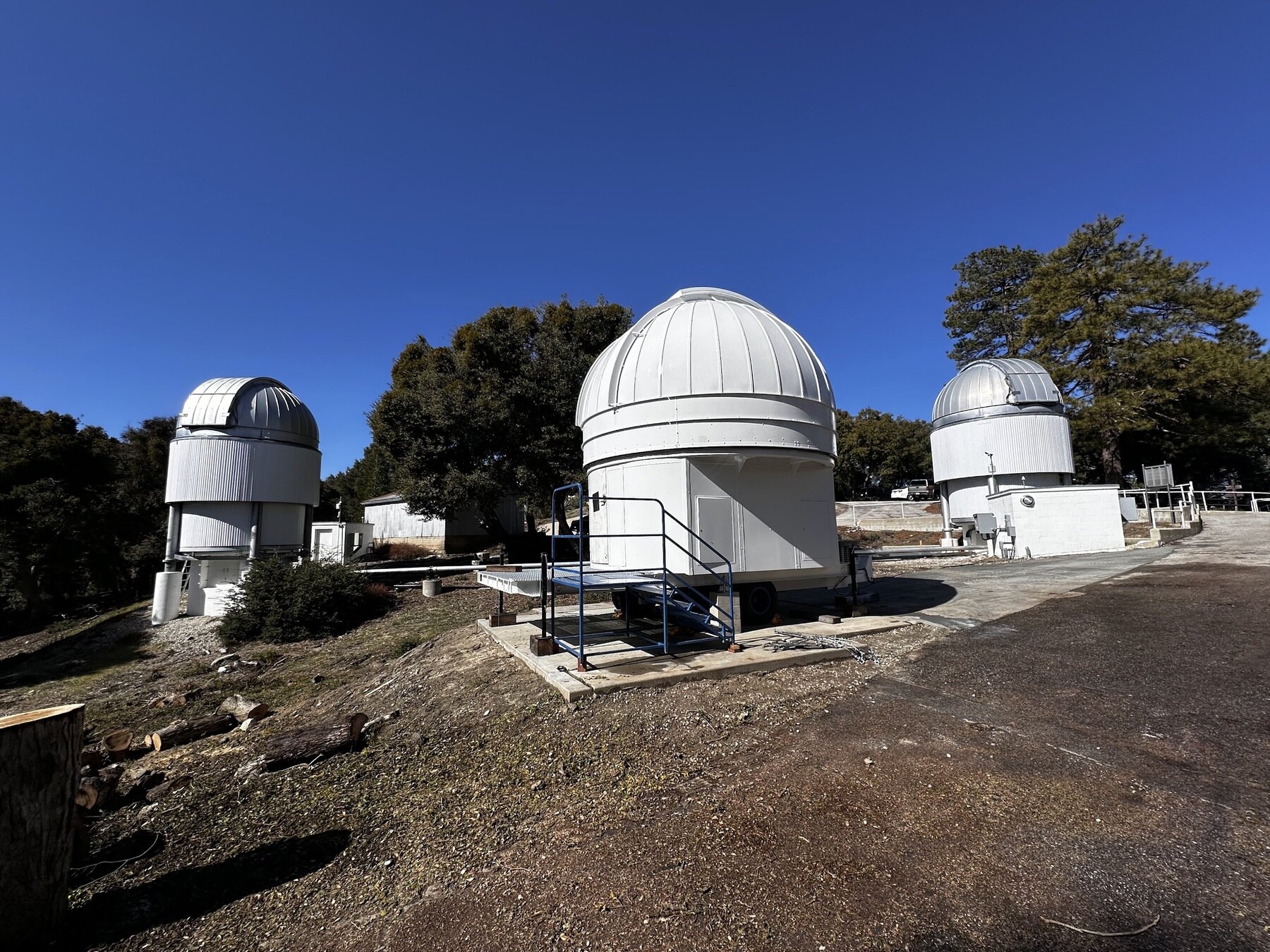
ALOHA – Univ. Limoges
Single-mode PM fibers
λ=810 nm, 240 m long
Laying on the ground
Connect S1+S2
On-sky fringes
Magri, Grossard, Reynaud et al. (MNRAS 2024)
CMAP
Single-mode PM fibers
λ=1.6 μm, 650 m long
Trench: 18 inches deep


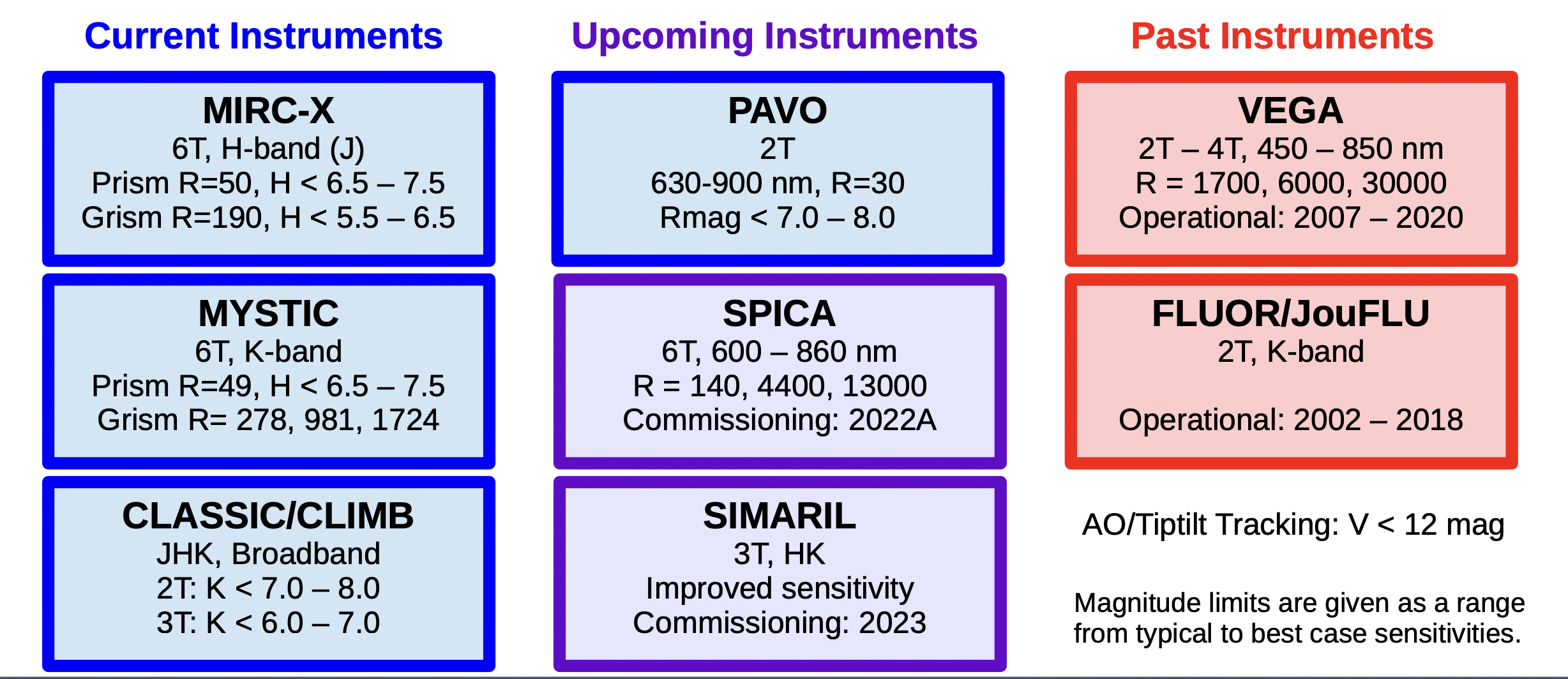
Beam Combiners
MIRC-X/Mystic
MIRC-X
- dispersed spectral channels
- J and H-bands
- MIRC-X/MYSTIC can be used simultaneously
- images of stellar surfaces and circumstellar disks
- precision closure phases
- faint binary companions.


STS & STST
MYSTIC (the Michigan Young STar Imager at CHARA)
- K-band, cryogenic, 6-beam combiner
- All-in-One 6T or high sensitivity 4T gravity chip
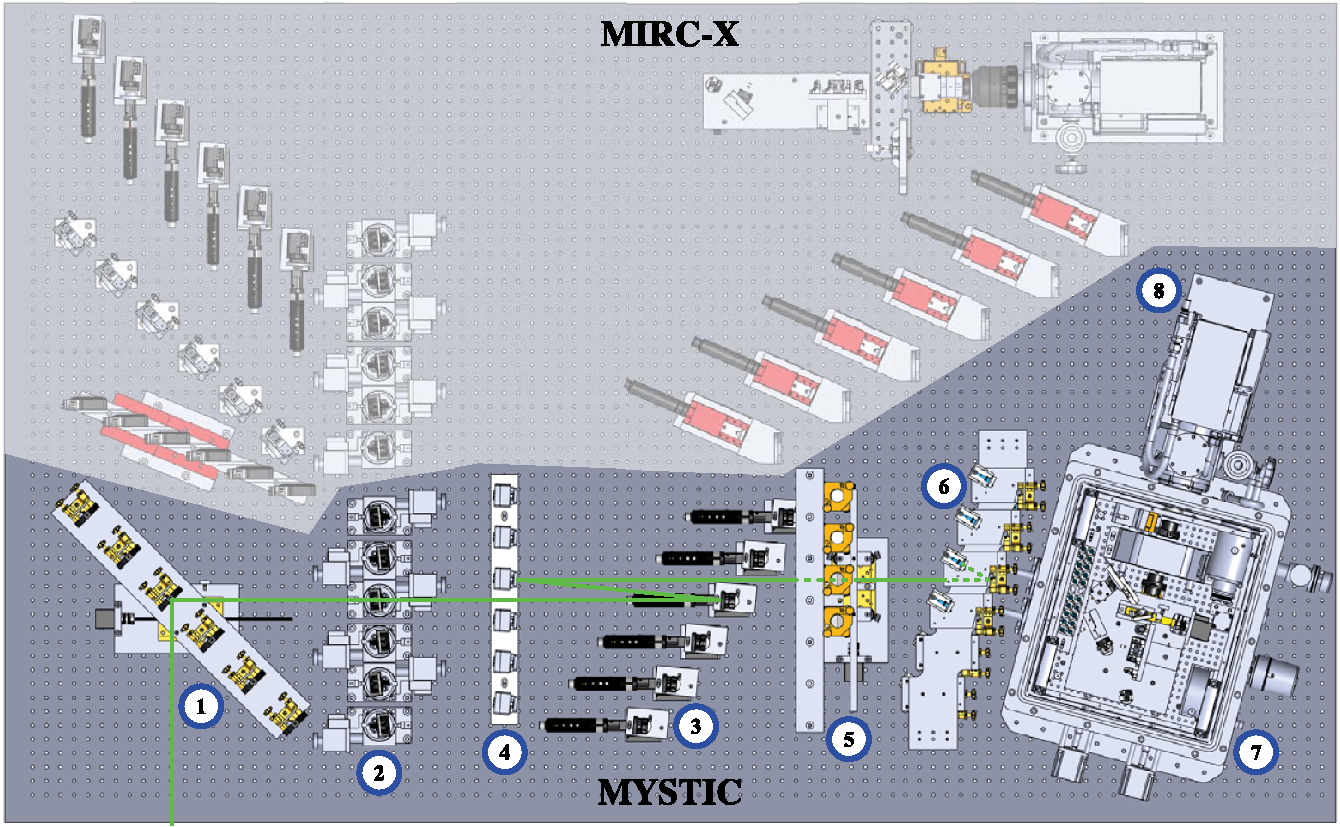
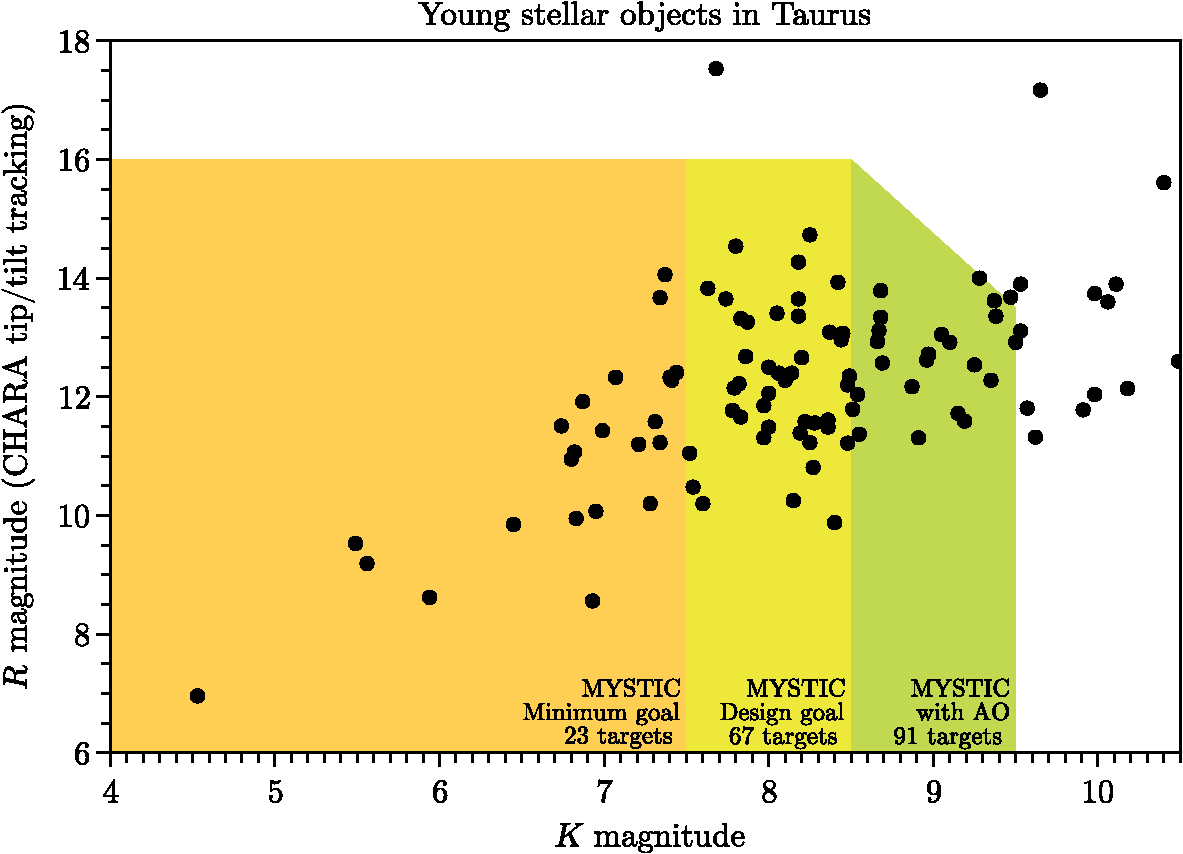
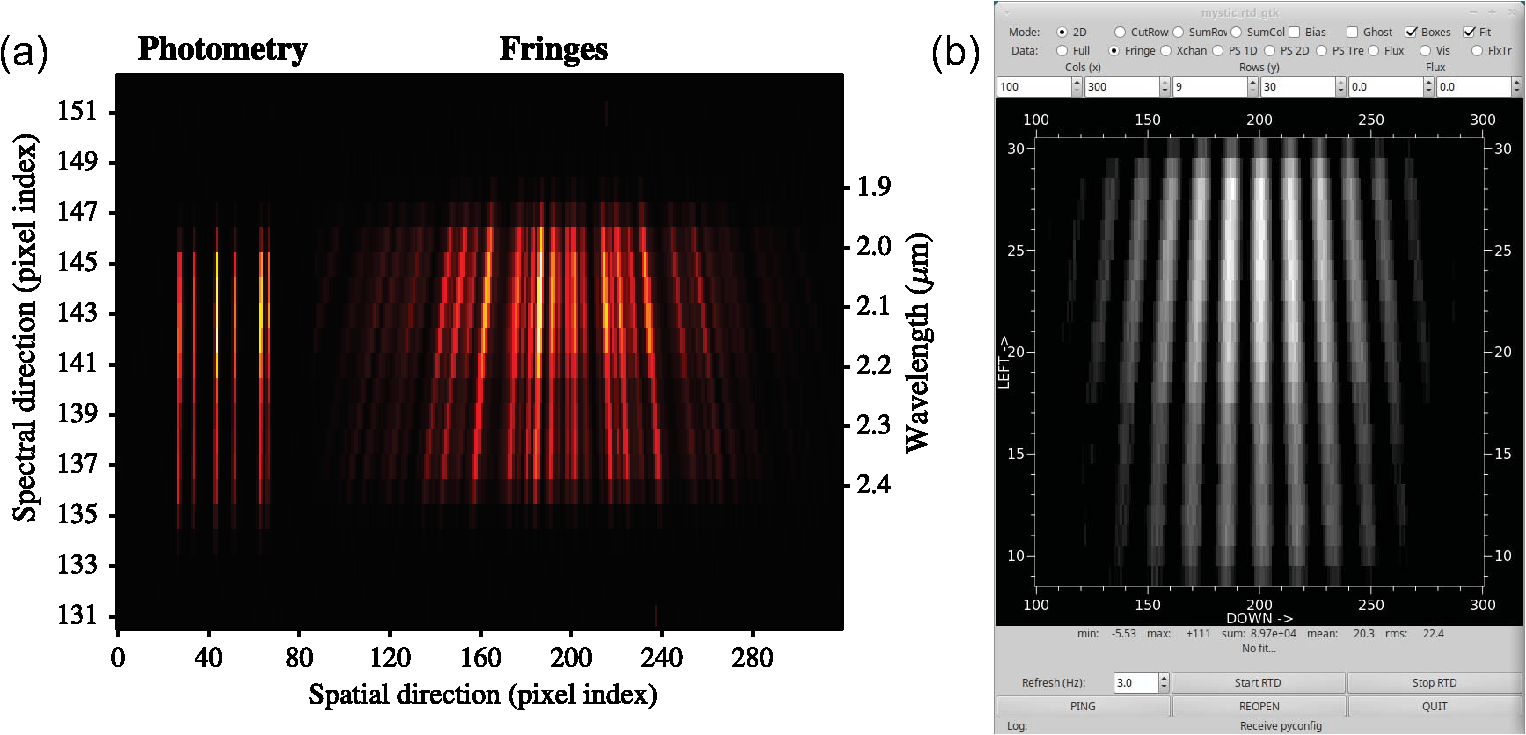

SPICA
(Stellar Parameters and Imaging with a Cophased Array)

SPICA-FT H-band 6-beam ABCD combiner by VLC Photonics, inspired by GRAVITY
low-resolution mode uses MIRC-X for fringe-tracking
The goal of the SPICA project is to provide a large and homogeneous set of stellar parameters across the HR-diagram. - measure the angular diameters of 1000 stars.

spectrograph


Aug 2023 - First fringes with SPICA/MIRC-X/MYSTIC
ALOHA
(Astronomical Light Optical Hybrid Analysis)
- demonstrated the possibility to detect on the sky interference fringes
- star light up-converted from the H band to the visible
- up to Hmag = 3.0, spectral resolution = 2600



Julie et al. (2024) doi: 10.1007/s10686-024-09935-x
Magri et al. (2021) doi: 10.1093/mnras/staa3283
Lehmann et al. (2019) doi: 10.1007/s10686-019-09627-x
Darré et al. (2016) doi: 10.1103/PhysRevLett.117.233902

currently two injection stages
CHARIOT
(CHARA Array Integrated Optics Testbed)
collaboration with Leibniz Institute for Astrophysics Potsdam (AIP)
ULI optics for JHK bands
(Siliprandi, Labadie, Madhav, Dinkelaker, Thompson, Benoît)



Apr 2024 - First fringes
[1] Eisenhauer, F., Monnier, J. D., and Pfuhl, O., “Advances in Optical/Infrared Interferometry,” 61, 237–285 (Aug. 2023).
[2] Ridgway, S. and Schaefer, G., “The NOIRLab/CHARA Connection Marks Decadal Milestones Up to 40 Years,” The NOIRLab Mirror 5, 36 (Aug. 2023).
[3] Gies, D. R., Anderson, M. D., Anugu, N., ten Brummelaar, T. A., Castillo, V., Farrington, C. D., Golden, S., Jones, J. W., Klement, R., K ̈ohler, R., Lanthermann, C., Ligon, E. R., Majoinen, O., McAlister, H. A., Ridgway, S. T., Schaefer, G. H., Scott, N. J., Turner, N. H., Vargas, N. L., Webster, L., and Woods, C., “Recent technical and scientific highlights from the CHARA Array,” in [Optical and Infrared Interferometry and Imaging VIII ], M ́erand, A., Sallum, S., and Sanchez-Bermudez, J., eds., Society of Photo-Optical Instrumentation Engineers (SPIE) Conference Series 12183, 1218303 (Aug. 2022).
[4] Yu, J., Khanna, S., Themessl, N., Hekker, S., Dr ́eau, G., Gizon, L., and Bi, S., “Revised Extinctions and Radii for 1.5 Million Stars Observed by APOGEE, GALAH, and RAVE,” 264, 41 (Feb. 2023).
[5] Korolik, M., Roettenbacher, R. M., Fischer, D. A., Kane, S. R., Perkins, J. M., Monnier, J. D., Davies, C. L., Kraus, S., Le Bouquin, J.-B., Anugu, N., Gardner, T., Lanthermann, C., Schaefer, G. H., Setterholm, B., Brewer, J. M., Llama, J., Zhao, L. L., Szymkowiak, A. E., and Henry, G. W., “Refining the Stellar Parameters of τ Ceti: a Pole-on Solar Analog,” 166, 123 (Sept. 2023).
[6] Konstantinova-Antova, R., Georgiev, S., L`ebre, A., Palacios, A., Morin, J., Bogdanovski, R., Abbott, C., Baron, F., Auri`ere, M., Drake, N. A., Tsvetkova, S., Josselin, E., Paladini, C., Mathias, P., and Zamanov, R., “A long-term study of the magnetic field and activity in the M giant RZ Ari. Magnetism and planet engulfment in a fairly evolved star?,” 681, A36 (Jan. 2024).
[7] Caballero, J. A., Gonz ́alez- ́Alvarez, E., Brady, M., Trifonov, T., Ellis, T. G., Dorn, C., Cifuentes, C., Molaverdikhani, K., Bean, J. L., Boyajian, T., Rodr ́ıguez, E., Sanz-Forcada, J., Zapatero Osorio, M. R., Abia, C., Amado, P. J., Anugu, N., B ́ejar, V. J. S., Davies, C. L., Dreizler, S., Dubois, F., Ennis, J., Espinoza, N., Farrington, C. D., L ́opez, A. G., Gardner, T., Hatzes, A. P., Henning, T., Herrero, E.,
Herrero-Cisneros, E., Kaminski, A., Kasper, D., Klement, R., Kraus, S., Labdon, A., Lanthermann, C., Le Bouquin, J. B., L ́opez Gonz ́alez, M. J., Luque, R., Mann, A. W., Marfil, E., Monnier, J. D., Montes, D., Morales, J. C., Pall ́e, E., Pedraz, S., Quirrenbach, A., Reffert, S., Reiners, A., Ribas, I., Rodr ́ıguez-L ́opez, C., Schaefer, G., Schweitzer, A., Seifahrt, A., Setterholm, B. R., Shan, Y., Shulyak, D., Solano, E., Sreenivas, K. R., Stef ́ansson, G., St ̈urmer, J., Tabernero, H. M., Tal-Or, L., ten Brummelaar, T., Vanaverbeke, S., von Braun, K., Youngblood, A., and Zechmeister, M., “A detailed analysis of the Gl 486 planetary system,” 665, A120 (Sept. 2022).
[8] Martin, R. G., Lubow, S. H., Vallet, D., Anugu, N., and Gies, D. R., “AC Her: Evidence of the First Polar Circumbinary Planet,” 957, L28 (Nov. 2023).
[9] Stuber, T. A., Kirchschlager, F., Pearce, T. D., Ertel, S., Krivov, A. V., and Wolf, S., “How much large dust could be present in hot exozodiacal dust systems?,” 678, A121 (Oct. 2023).
[10] Anugu, N., Baron, F., Gies, D. R., Lanthermann, C., Schaefer, G. H., Shepard, K. A., Brummelaar, T. t., Monnier, J. D., Kraus, S., Le Bouquin, J.-B., Davies, C. L., Ennis, J., Gardner, T., Labdon, A., Roettenbacher, R. M., Setterholm, B. R., Vollmann, W., and Sigismondi, C., “The Great Dimming of the Hypergiant Star RW Cephei: CHARA Array Images and Spectral Analysis,” 166, 78 (Aug. 2023).
[11] Labdon, A., Kraus, S., Davies, C. L., Kreplin, A., Zarrilli, S., Monnier, J. D., Le Bouquin, J.-B., Anugu, N., Setterholm, B., Gardner, T., Ennis, J., Lanthermann, C., ten Brummelaar, T., Schaefer, G., and Harries, T. J., “Imaging the warped dusty disk wind environment of SU Aurigae with MIRC-X,” 678, A6 (Oct. 2023).
[12] Ibrahim, N., Monnier, J. D., Kraus, S., Le Bouquin, J.-B., Anugu, N., Baron, F., Brummelaar, T. T., Davies, C. L., Ennis, J., Gardner, T., Labdon, A., Lanthermann, C., M ́erand, A., Rich, E., Schaefer, G. H., and Setterholm, B. R., “Imaging the Inner Astronomical Unit of the Herbig Be Star HD 190073,” 947, 68 (Apr. 2023).
[13] Bourdarot, G., Berger, J. P., Lesur, G., Perraut, K., Malbet, F., Millan-Gabet, R., Le Bouquin, J. B., Garcia-Lopez, R., Monnier, J. D., Labdon, A., Kraus, S., Labadie, L., and Aarnio, A., “FU Orionis disk outburst: Evidence for a gravitational instability scenario triggered in a magnetically dead zone,” 676, A124 (Aug. 2023).
[14] Zarrilli, S. A., Kraus, S., Kreplin, A., Monnier, J. D., Gardner, T., M ́erand, A., Morrell, S., Davies, C. L., Labdon, A., Ennis, J., Setterholm, B., Le Bouquin, J.-B., Anugu, N., Lanthermann, C., Schaefer, G., and ten Brummelaar, T., “Characterising the orbit and circumstellar environment of the high-mass binary MWC 166 A,” 665, A146 (Sept. 2022).
[15] Lanthermann, C., Le Bouquin, J. B., Sana, H., M ́erand, A., Monnier, J. D., Perraut, K., Frost, A. J., Mahy, L., Gosset, E., De Becker, M., Kraus, S., Anugu, N., Davies, C. L., Ennis, J., Gardner, T., Labdon, A., Setterholm, B., ten Brummelaar, T., and Schaefer, G. H., “Multiplicity of northern bright O-type stars with optical long baseline interferometry. Results of the pilot survey,” 672, A6 (Apr. 2023).
[16] De Furio, M., Gardner, T., Monnier, J., Meyer, M. R., Kratter, K., Schaefer, G., Anugu, N., Davies, C. L., Kraus, S., Lanthermann, C., Le Bouquin, J.-B., and Ennis, J., “The Small Separation A-star Companion Population: First Results with CHARA/MIRC-X,” 941, 118 (Dec. 2022).
[17] Torres, G., Schaefer, G. H., Monnier, J. D., Anugu, N., Davies, C. L., Ennis, J., Farrington, C. D., Gardner, T., Klement, R., Kraus, S., Labdon, A., Lanthermann, C., Le Bouquin, J.-B., Setterholm, B. R., and ten Brummelaar, T., “The Orbits and Dynamical Masses of the Castor System,” 941, 8 (Dec. 2022).
[18] Torres, G., Schaefer, G. H., Stefanik, R. P., Latham, D. W., Jones, J., Lanthermann, C., Monnier, J. D., Kraus, S., Anugu, N., ten Brummelaar, T., Chhabra, S., Codron, I., Ennis, J., Gardner, T., Gutierrez, M., Ibrahim, N., Labdon, A., Mortimer, D., and Setterholm, B. R., “Orbits and dynamical masses for the active Hyades multiple system HD 284163,” 527, 8907–8920 (Jan. 2024).
[19] Gardner, T., Monnier, J. D., Fekel, F. C., Le Bouquin, J.-B., Scovera, A., Schaefer, G., Kraus, S., Adams, F. C., Anugu, N., Berger, J.-P., Ten Brummelaar, T., Davies, C. L., Ennis, J., Gies, D. R., Johnson, K. J. C., Kervella, P., Kratter, K. M., Labdon, A., Lanthermann, C., Sahlmann, J., and Setterholm, B. R., “ARMADA. II. Further Detections of Inner Companions to Intermediate-mass Binaries with Microarcsecond Astrometry at CHARA and VLTI,” 164, 184 (Nov. 2022).
[20] Lam, R., Sandquist, E. L., Schaefer, G. H., Farrington, C. D., Monnier, J. D., Anugu, N., Lanthermann, C., Klement, R., Ennis, J., Setterholm, B. R., Gardner, T., Kraus, S., Davies, C. L., and Orosz, J. A., “Precise Age for the Binary Star System 12 Com in the Coma Berenices Cluster,” 166, 29 (July 2023).
[21] Morales, L. M., Sandquist, E. L., Schaefer, G. H., Farrington, C. D., Klement, R., Bedin, L. R., Libralato, M., Malavolta, L., Nardiello, D., Orosz, J. A., Monnier, J. D., Kraus, S., Le Bouquin, J.-B., Anugu, N., ten Brummelaar, T., Davies, C. L., Ennis, J., Gardner, T., and Lanthermann, C., “The Interferometric Binary Cnc in Praesepe: Precise Masses and Age,” 164, 34 (Aug. 2022).
[22] Lester, K. V., Schaefer, G. H., Fekel, F. C., Gies, D. R., Henry, T. J., Jao, W.-C., Paredes, L. A., Hubbard-James, H.-S., Farrington, C. D., Gordon, K. D., Chojnowski, S. D., Monnier, J. D., Kraus, S., Bouquin, J.-B. L., Anugu, N., ten Brummelaar, T., Davies, C. L., Gardner, T., Labdon, A., Lanthermann, C., and Setterholm, B. R., “Visual Orbits of Spectroscopic Binaries with the CHARA Array. IV. HD 61859, HD 89822, HD 109510, and HD 191692,” 164, 228 (Dec. 2022).
[23] Klement, R., Schaefer, G. H., Gies, D. R., Wang, L., Baade, D., Rivinius, T., Gallenne, A., Carciofi, A. C., Monnier, J. D., M ́erand, A., Anugu, N., Kraus, S., Davies, C. L., Lanthermann, C., Gardner, T., Wysocki, P., Ennis, J., Labdon, A., Setterholm, B. R., and Le Bouquin, J.-B., “Interferometric Detections of sdO Companions Orbiting Three Classical Be Stars,” 926, 213 (Feb. 2022).
[24] Klement, R., Baade, D., Rivinius, T., Gies, D. R., Wang, L., Labadie-Bartz, J., Ticiani dos Santos, P., Monnier, J. D., Carciofi, A. C., M ́erand, A., Anugu, N., Schaefer, G. H., Le Bouquin, J.-B., Davies, C. L., Ennis, J., Gardner, T., Kraus, S., Setterholm, B. R., and Labdon, A., “Dynamical Masses of the Primary Be Star and Secondary sdB Star in the Single-lined Binary κ Dra (B6 IIIe),” 940, 86 (Nov. 2022).
[25] Klement, R., Rivinius, T., Gies, D. R., Baade, D., M ́erand, A., Monnier, J. D., Schaefer, G. H., Lanthermann, C., Anugu, N., Kraus, S., and Gardner, T., “The CHARA Array Interferometric Program on the Multiplicity of Classical Be Stars: New Detections and Orbits of Stripped Subdwarf Companions,” 962, 70 (Feb. 2024).
[26] Wang, L., Gies, D. R., Peters, G. J., G ̈otberg, Y., Chojnowski, S. D., Lester, K. V., and Howell, S. B., “The Detection and Characterization of Be+sdO Binaries from HST/STIS FUV Spectroscopy,” 161, 248 (May 2021).
[27] Gies, D. R., Wang, L., and Klement, R., “Gamma Cas Stars as Be+White Dwarf Binary Systems,” 942, L6 (Jan. 2023).
[28] Kishimoto, M., Anderson, M., ten Brummelaar, T., Farrington, C., Antonucci, R., H ̈onig, S., Millour, F., Tristram, K. R. W., Weigelt, G., Sturmann, L., Sturmann, J., Schaefer, G., and Scott, N., “The Dust Sublimation Region of the Type 1 AGN NGC 4151 at a Hundred Microarcsecond Scale as Resolved by the CHARA Array Interferometer,” 940, 28 (Nov. 2022).
[29] Setterholm, B. R., Monnier, J. D., Le Bouquin, J.-B., Anugu, N., Ennis, J., Jocou, L., Ibrahim, N., Kraus, S., Anderson, M. D., Chhabra, S., Codron, I., Farrington, C. D., Flores, B., Gardner, T., Gutierrez, M., Lanthermann, C., Majoinen, O. W., Mortimer, D. J., Schaefer, G., Scott, N. J., ten Brummelaar, T., and Vargas, N. L., “MYSTIC: a high angular resolution K-band imager at CHARA,” Journal of Astronomical Telescopes, Instruments, and Systems 9, 025006 (Apr. 2023)
References


Charting Quantum Horizons March 2024 - Tucson, AZ
-
Review of the current state of capabilities and techniques in optical/IR interferometry
- Highlight science cases enabled by microarcsecond resolution at optical/IR wavelengths (e.g. exoplanets, stellar physics, young stars/disks, AGN and SMBHs)
- Discuss quantum-enhanced methods for pushing current limitations on spatial resolution
- Establish collaborations between the astronomy and quantum communities to address science requirements and technical challenges
- special session of the annual CHARA meeting
- upcoming optical interferometry workshop (in planning)
- next CHARA meeting: Nice, France (May 2025)


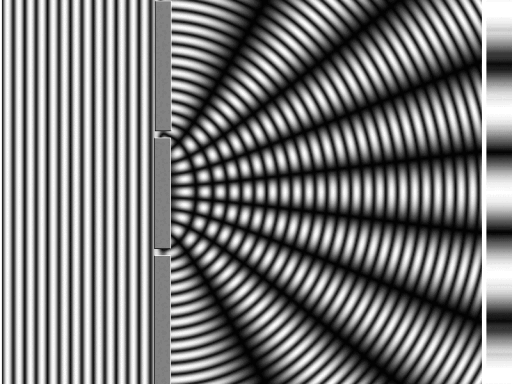

Image credit: ESO
These "closure phases" also yield source symmetry information
Combine phases in a closed triangle of three telescopes cancels out atmospheric turbulence.

symmetry

Spectrally dispersed fringes → differential visibilities and differential phases
- emission lines relative to the stellar continuum.
- size and velocity structure of rotating disks, outflows, and winds around stars.
Differential Vis and Differential Phases
Star + disk.
- drop in visibility of emission lines indicate that the disk is more resolved than the stellar continuum.
- double-peaked profile → rotating disk.
- S-shaped profile shows a shift in the photo-center wrt wavelength
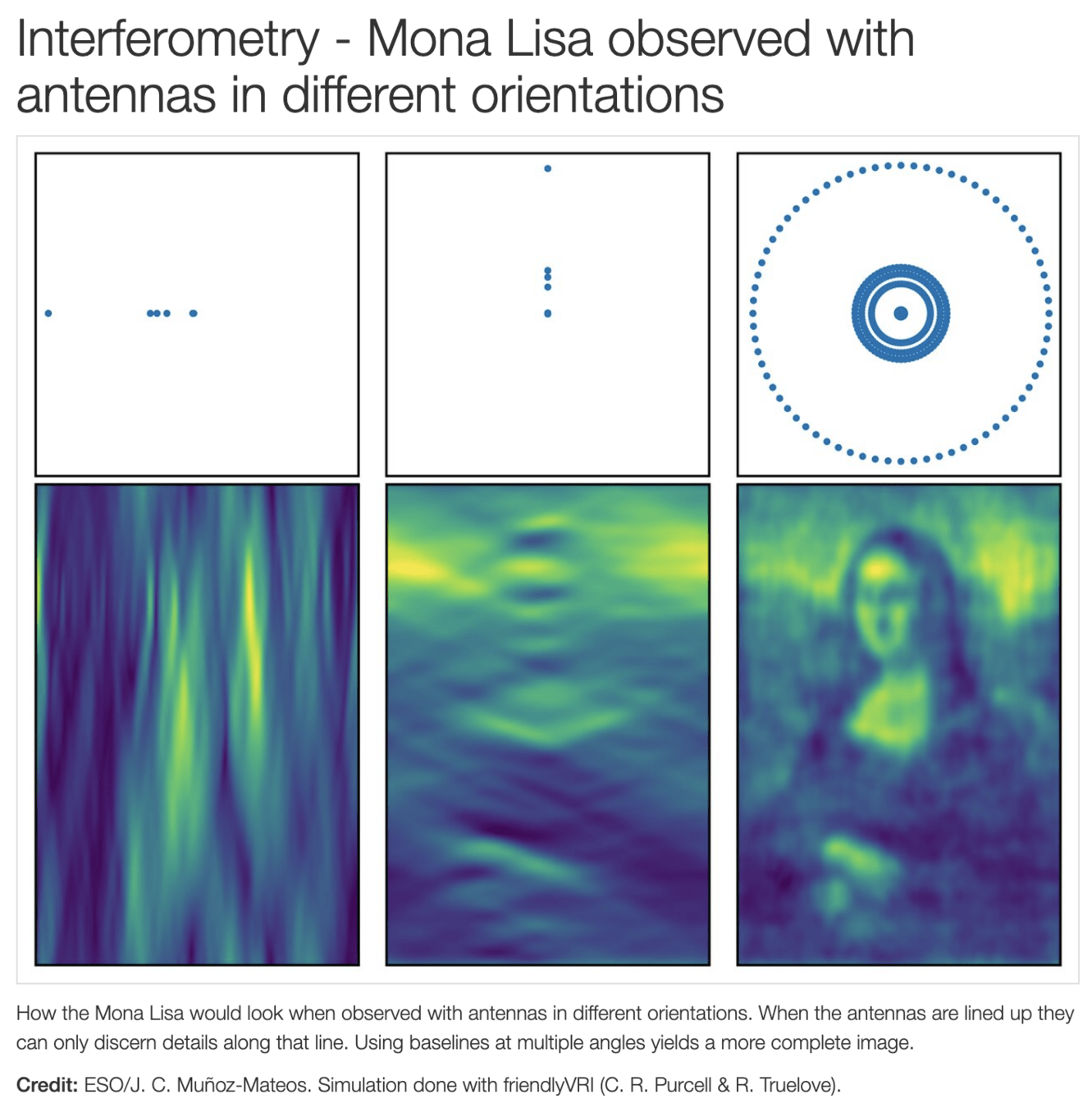

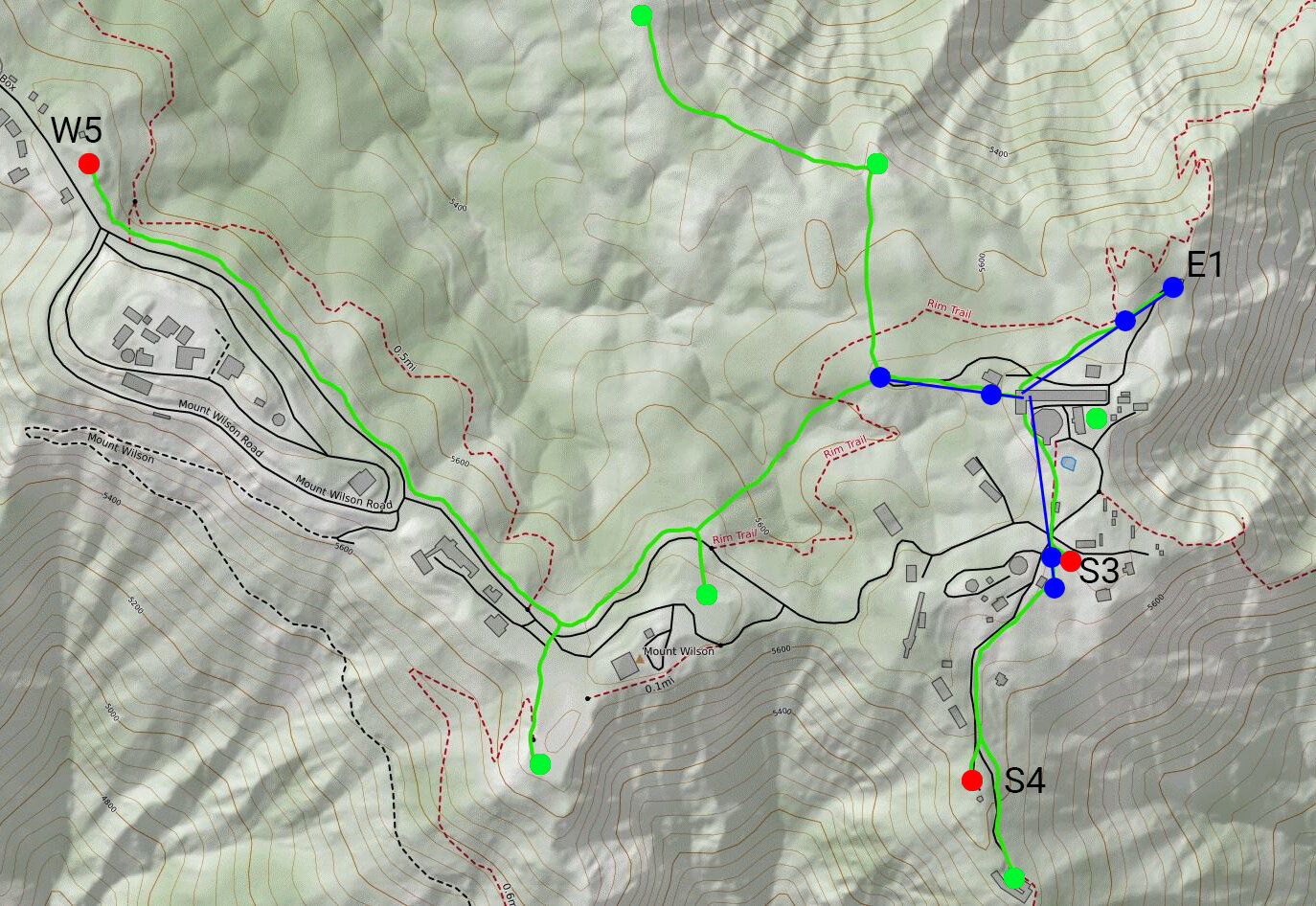
The full Michelson Array would offer
12 total positions, creating 66 possible baselines.


SILMARIL

Aug 2023 - First fringes
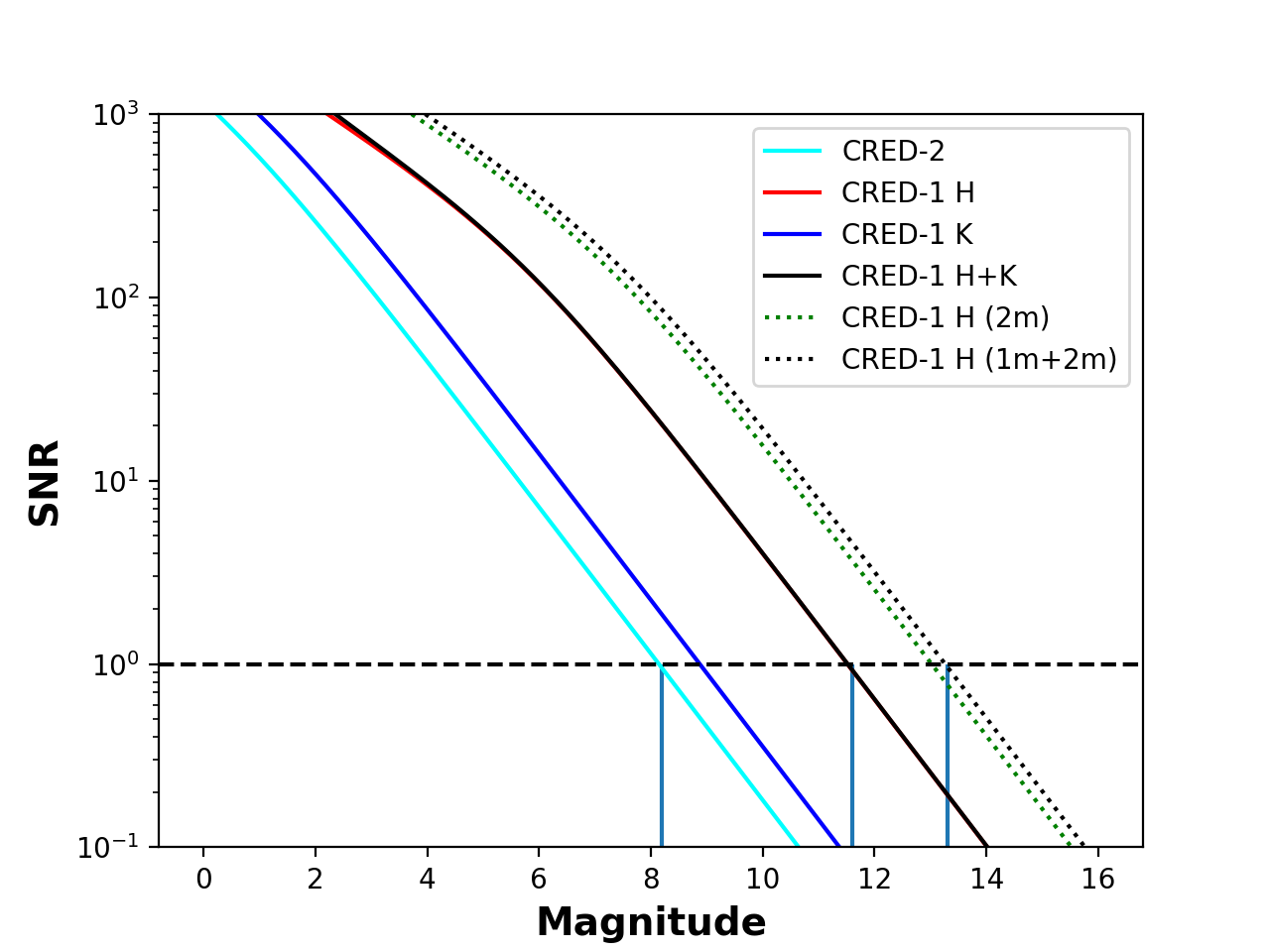



NOAO open access time
- 352 proposals submitted since 2010
- 101 unique OA PIs from 73 distinct institutions
-
dedicated to community growth in US and beyond
CHARA-astrophotonics
By Nic Scott
CHARA-astrophotonics
- 534



